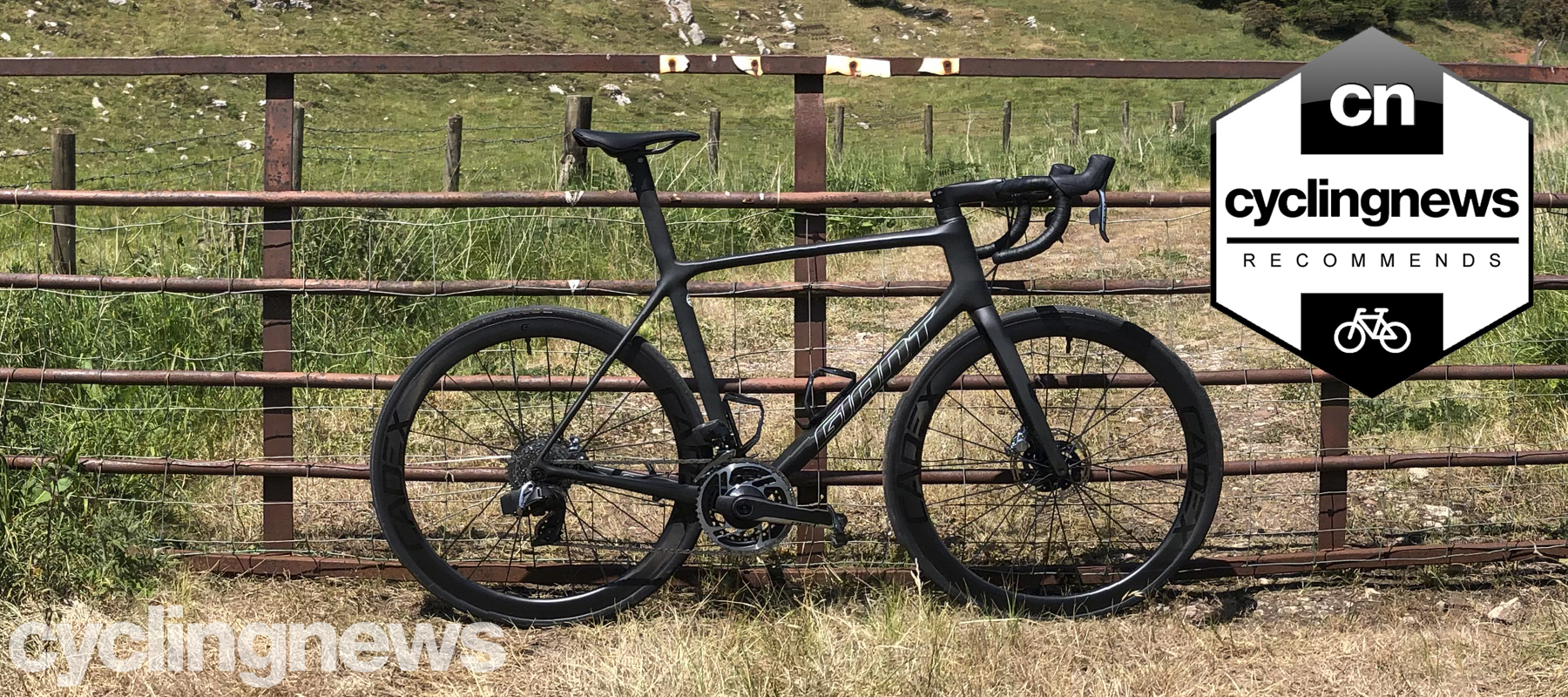Cyclingnews Verdict
The Giant TCR Advanced SL 0 is incredibly light, stunningly stiff and it holds flatland speed well, it's an out and out super bike
Pros
- +
Weight (sub 7kg, size large)
- +
It holds speed over flat and rolling ground well
- +
Power transfer is similar to a dedicated aero bike
Cons
- -
Handling confidence takes time to build
- -
The integrated seatpost makes flying with the TCR difficult, but not impossible
- -
No Shimano builds available at Advanced SL level
You can trust Cyclingnews
When Giant launched the latest iteration of its TCR, it did so amid the COVID-19 Coronavirus pandemic. Of course, at a time where over half the world is in various forms of lockdown, the usual bike launch tactic had to be completely redesigned from the ground up.
On first impressions, the same is unlikely to be said for the new TCR itself. The 2021 TCR is definitely a case of evolution, not revolution, and the TCR genes are clear for all to see. However, on closer inspection, it becomes clear that Giant has left no stone unturned in its bid to make the 9th generation of the Total Compact Road not only the best TCR, but the best road bike money can buy - £9,499 ($11,000 / AU$13,999 / €10,199) to be precise.
Not unlike your typical bike launch, the new Giant TCR came with a mountain of paperwork, a 30-page document in fact, which detailed the various claims that Giant makes about the bike. The major takeaways from this are that the 2021 TCR is class-leading when it comes to weight, aerodynamics, and efficiency.
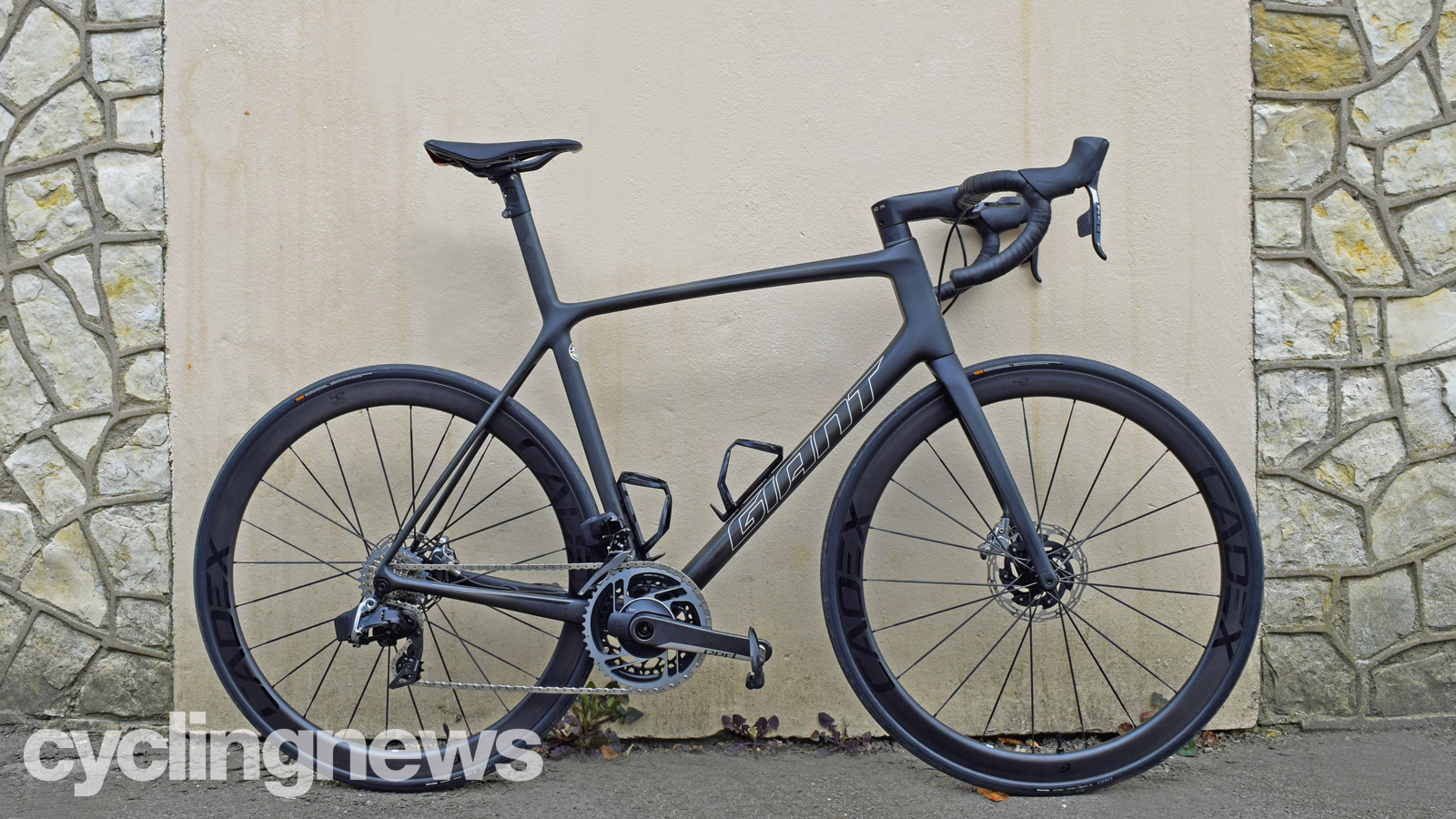
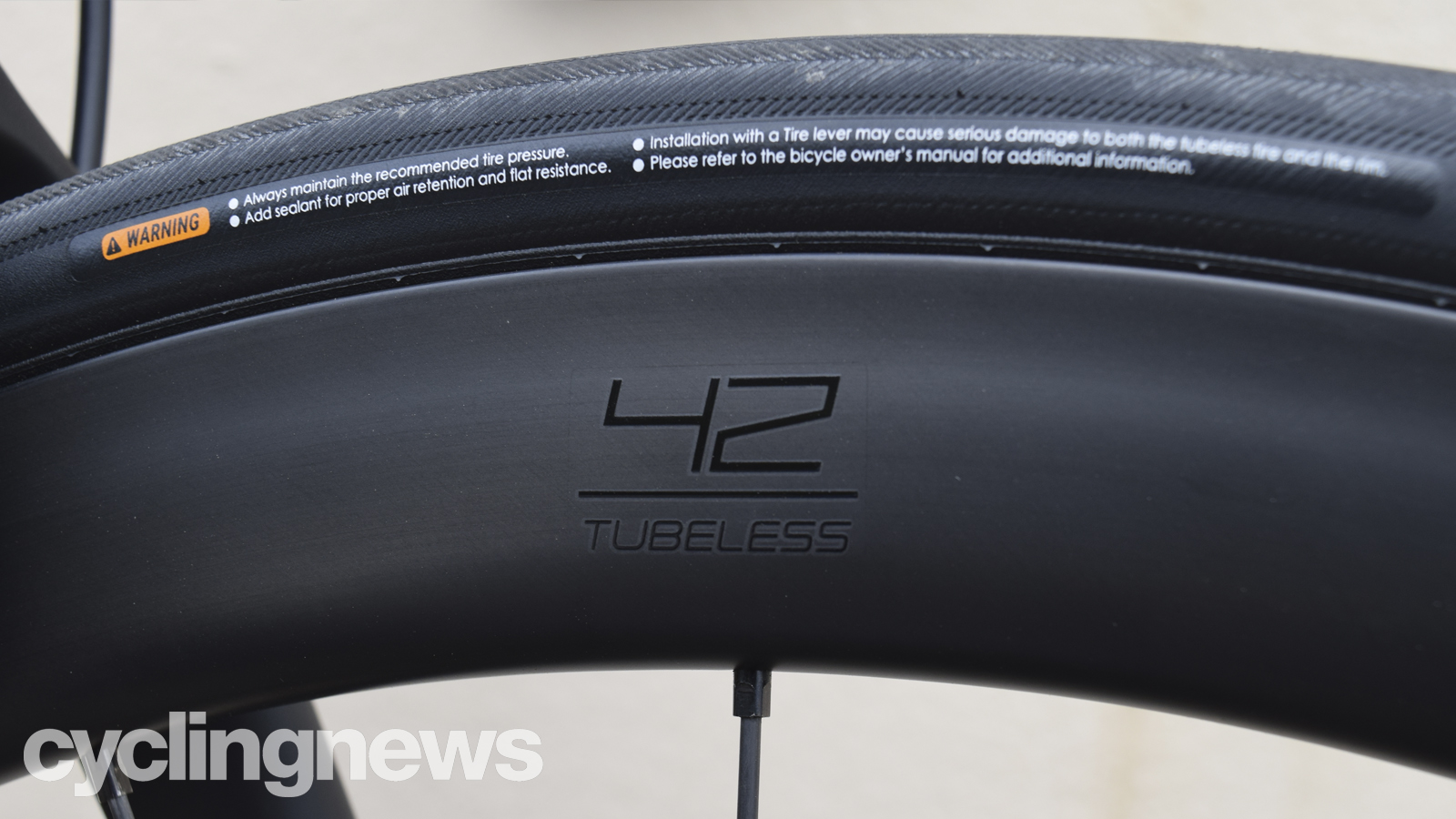
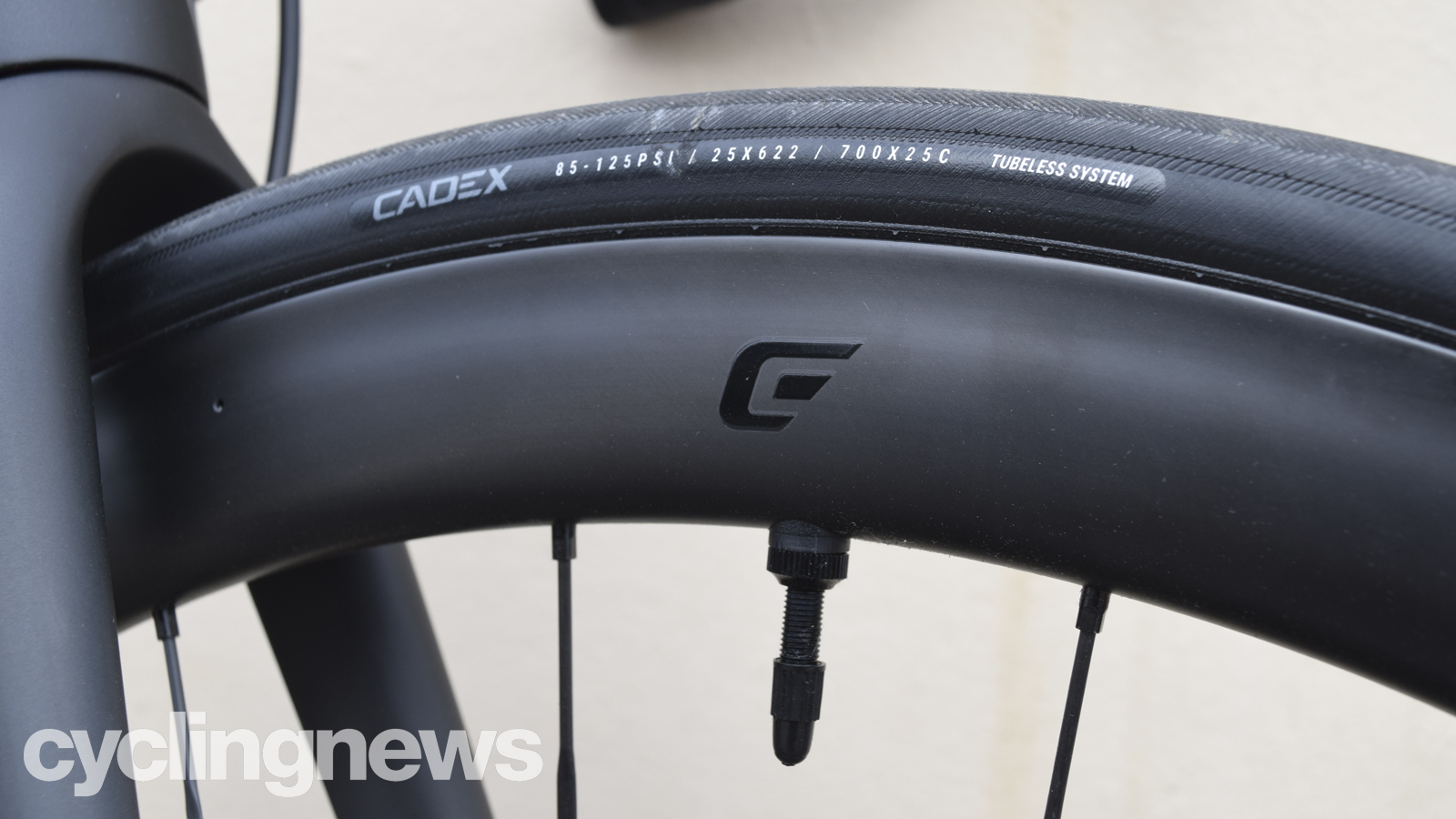
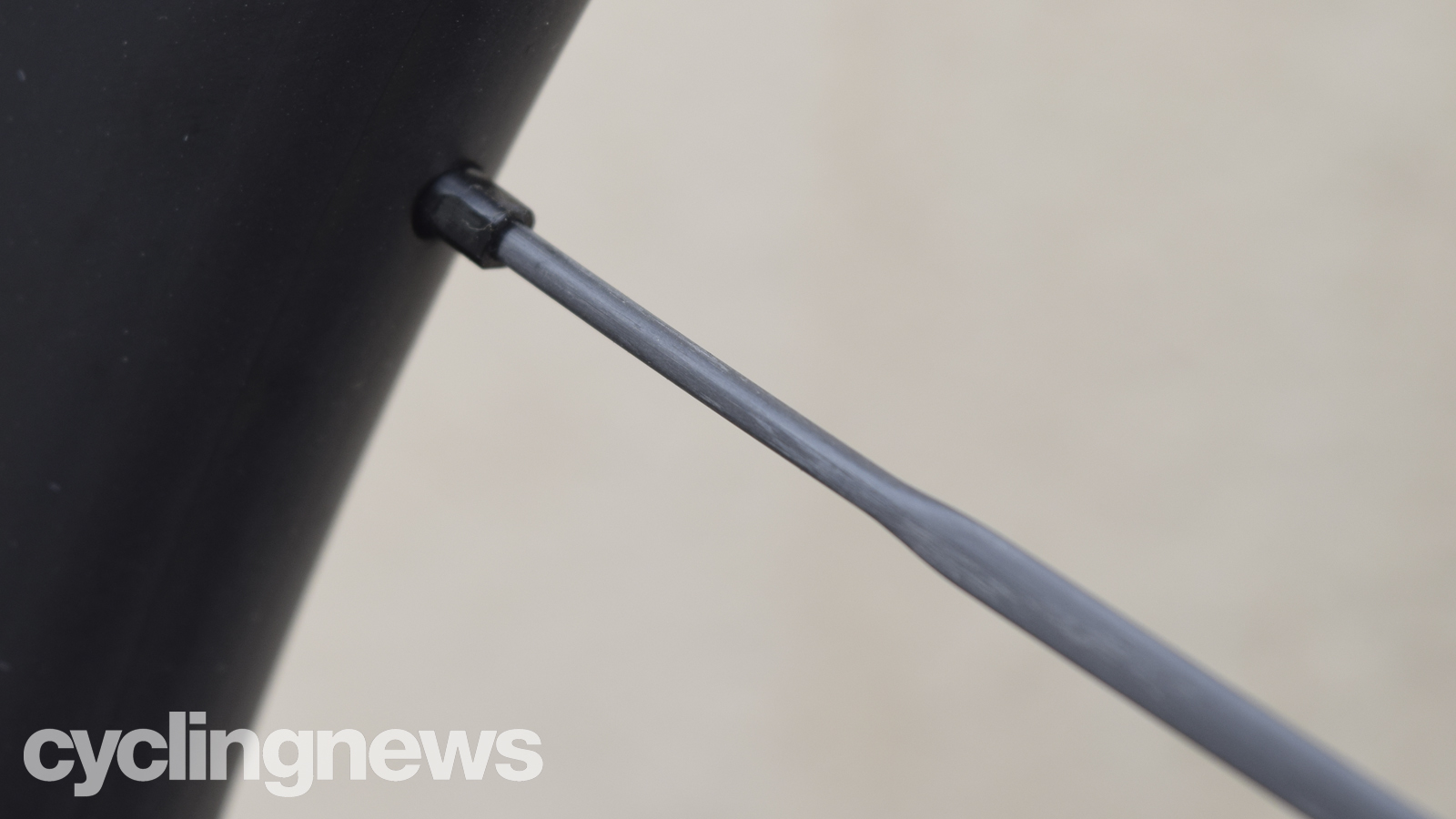
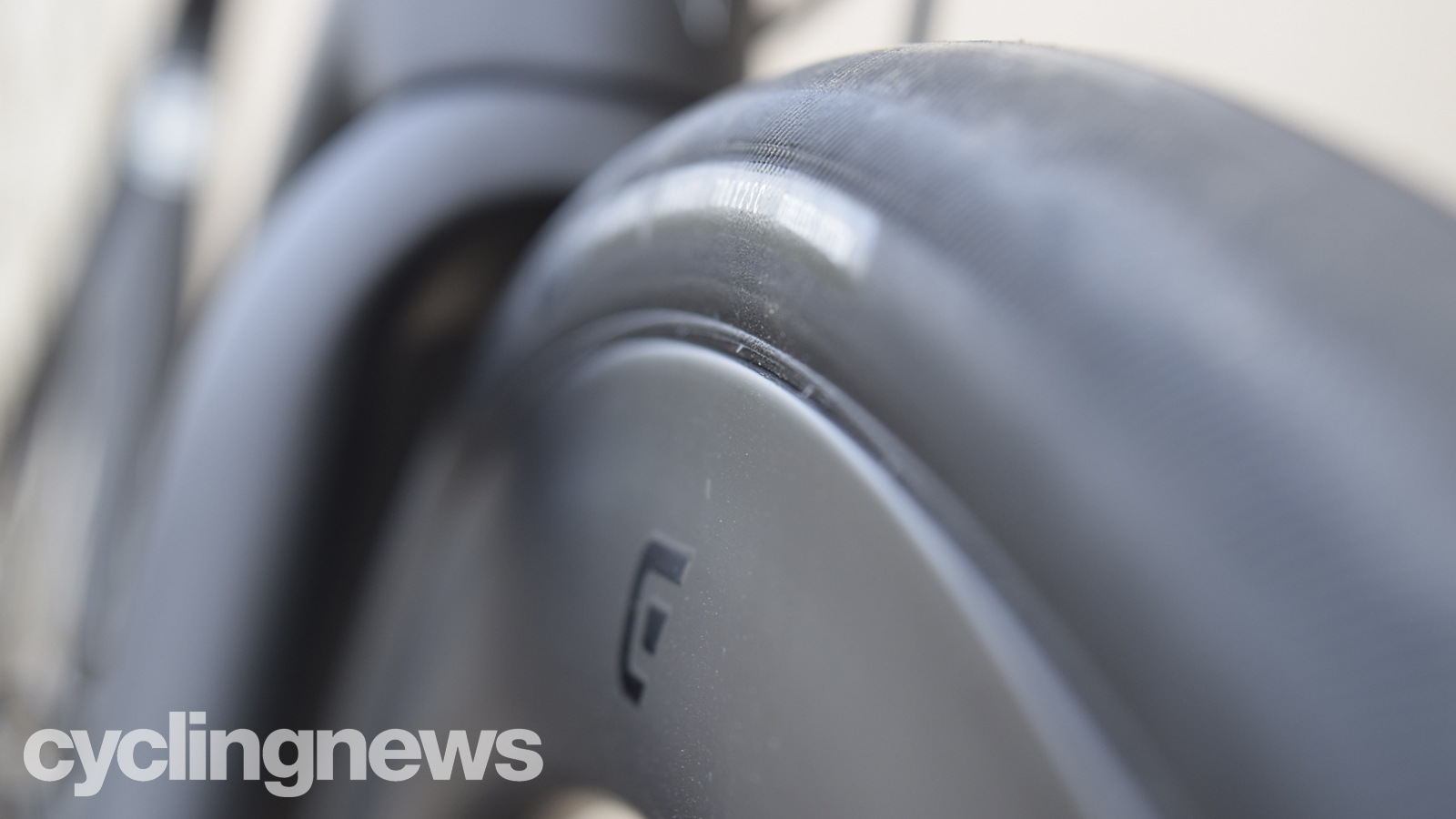
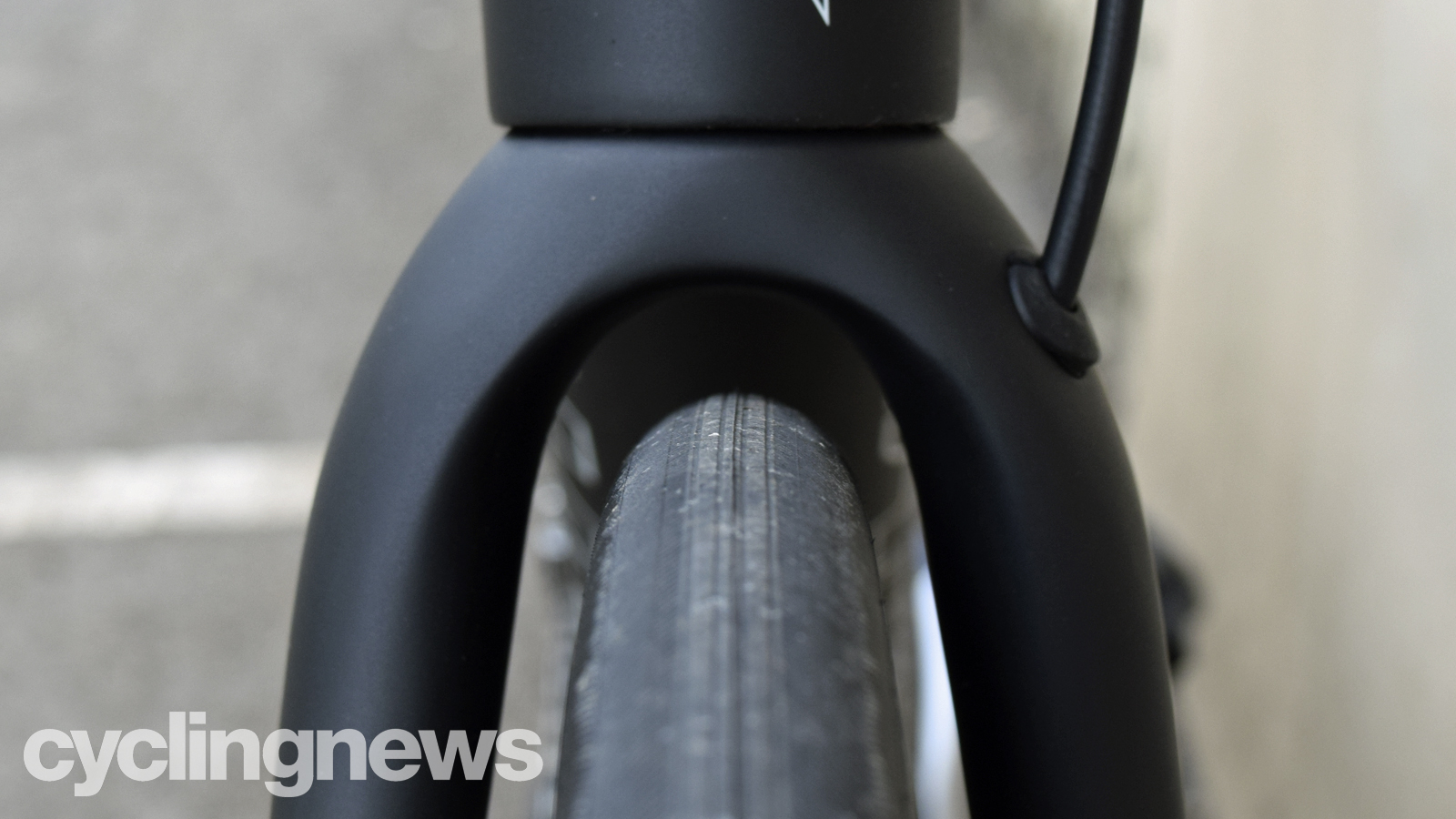
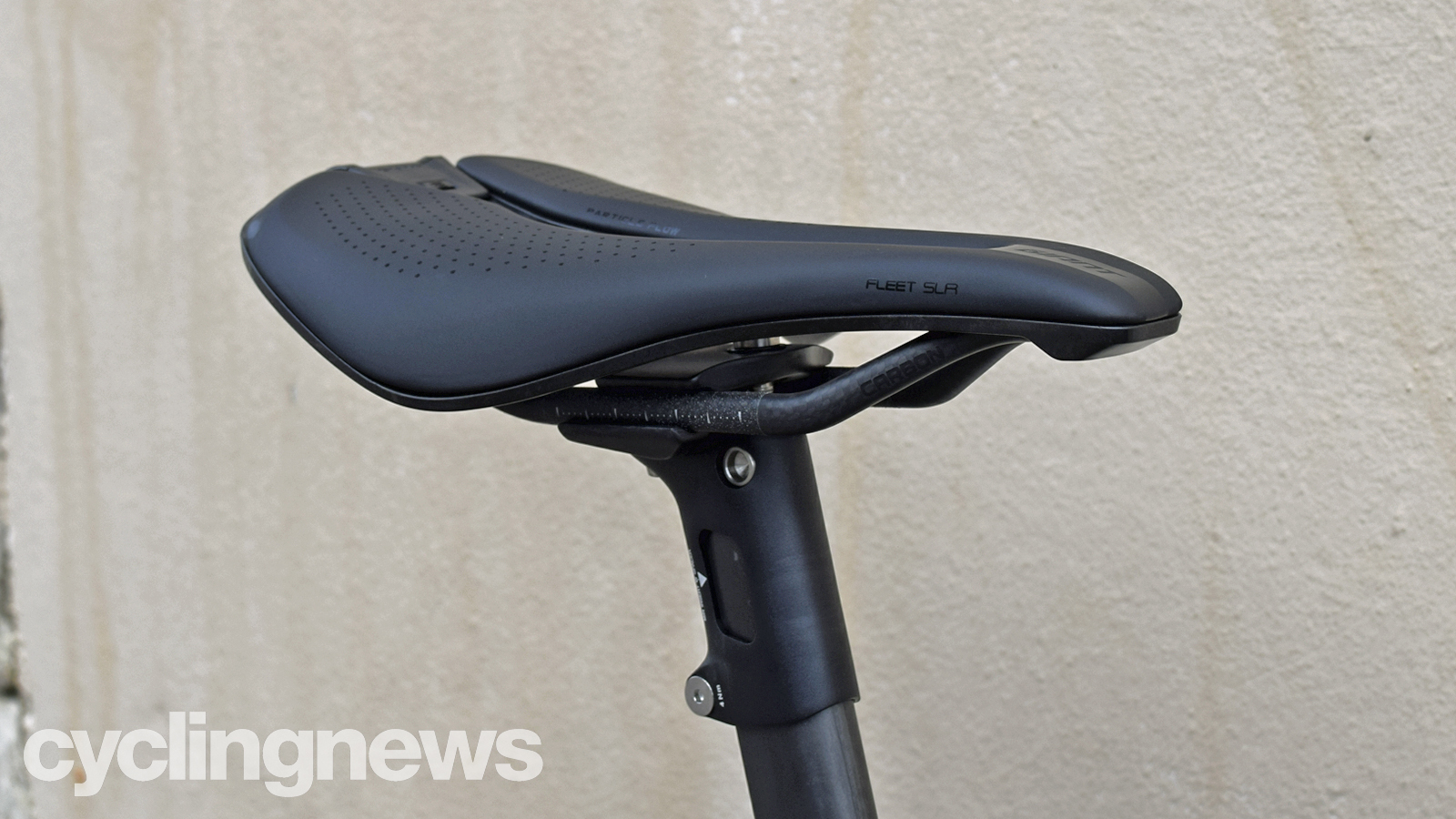
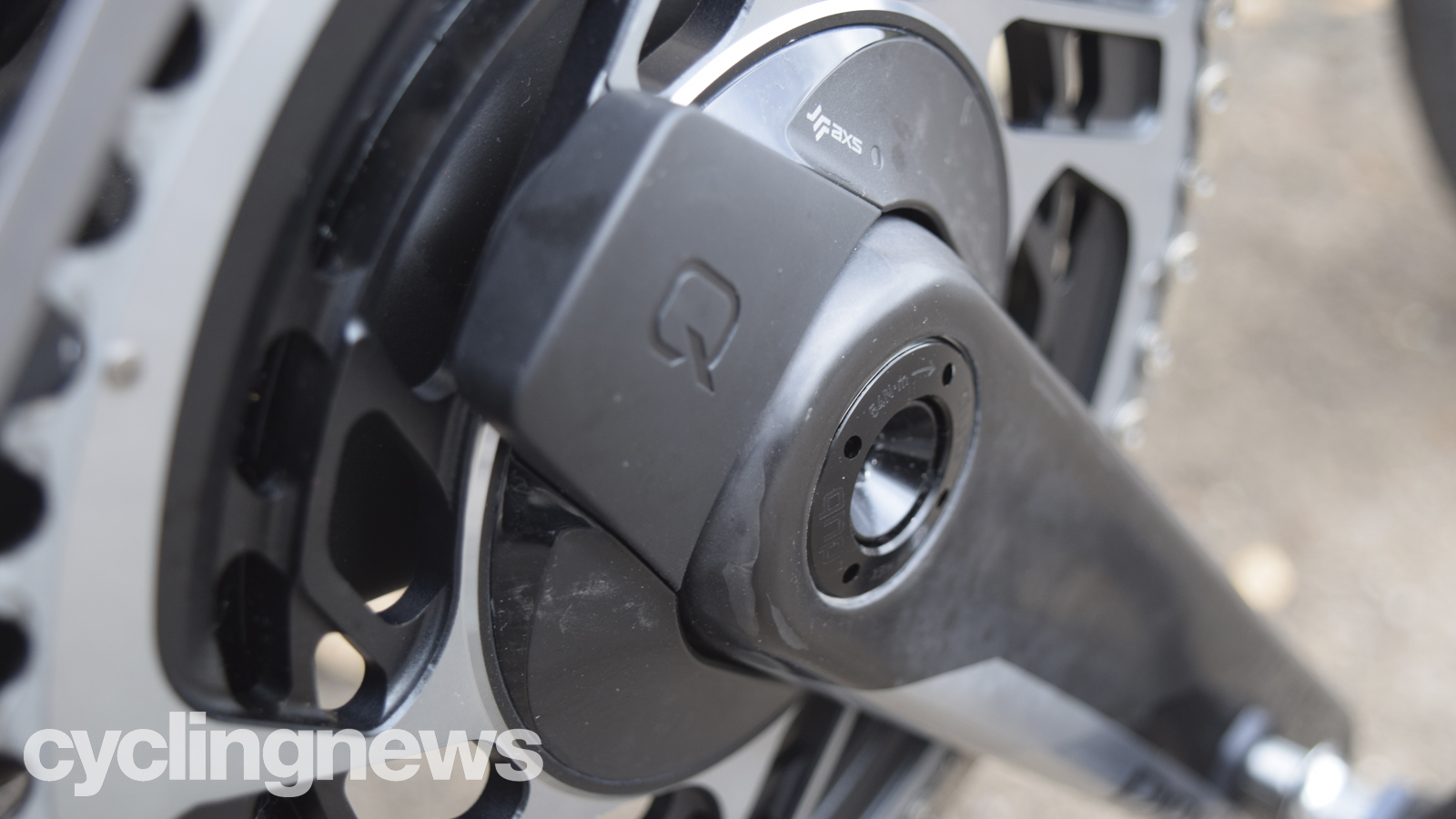
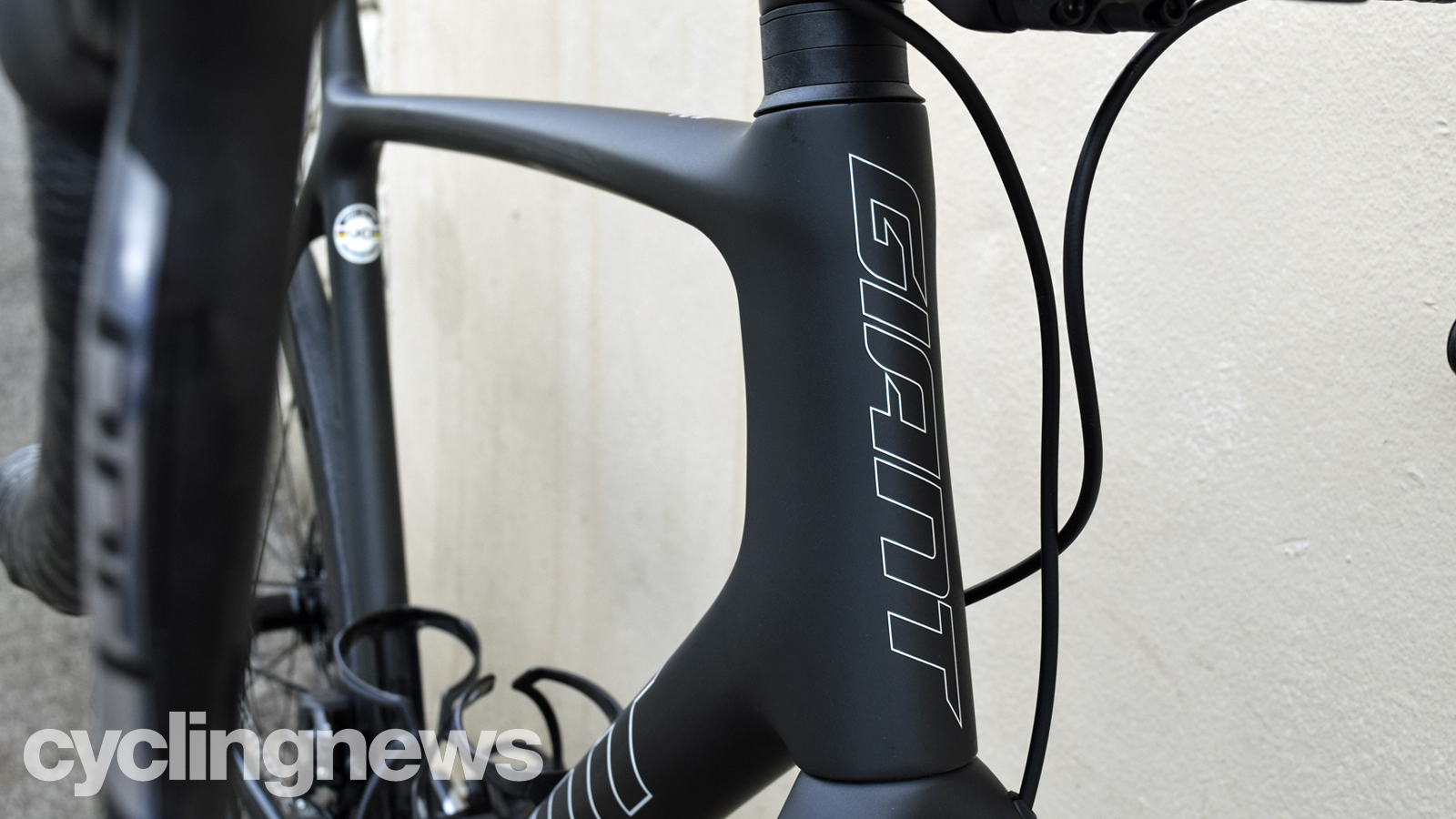
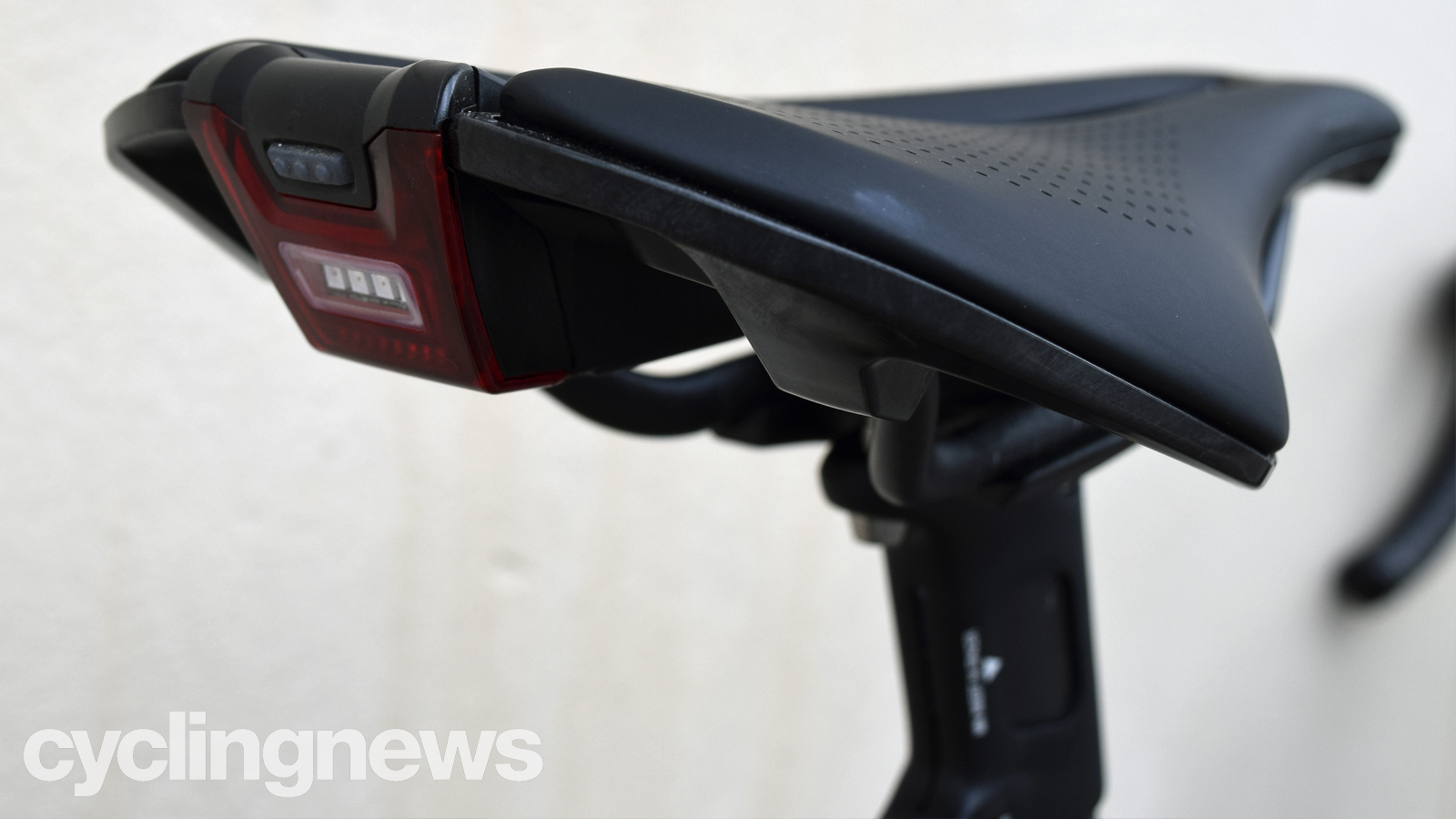
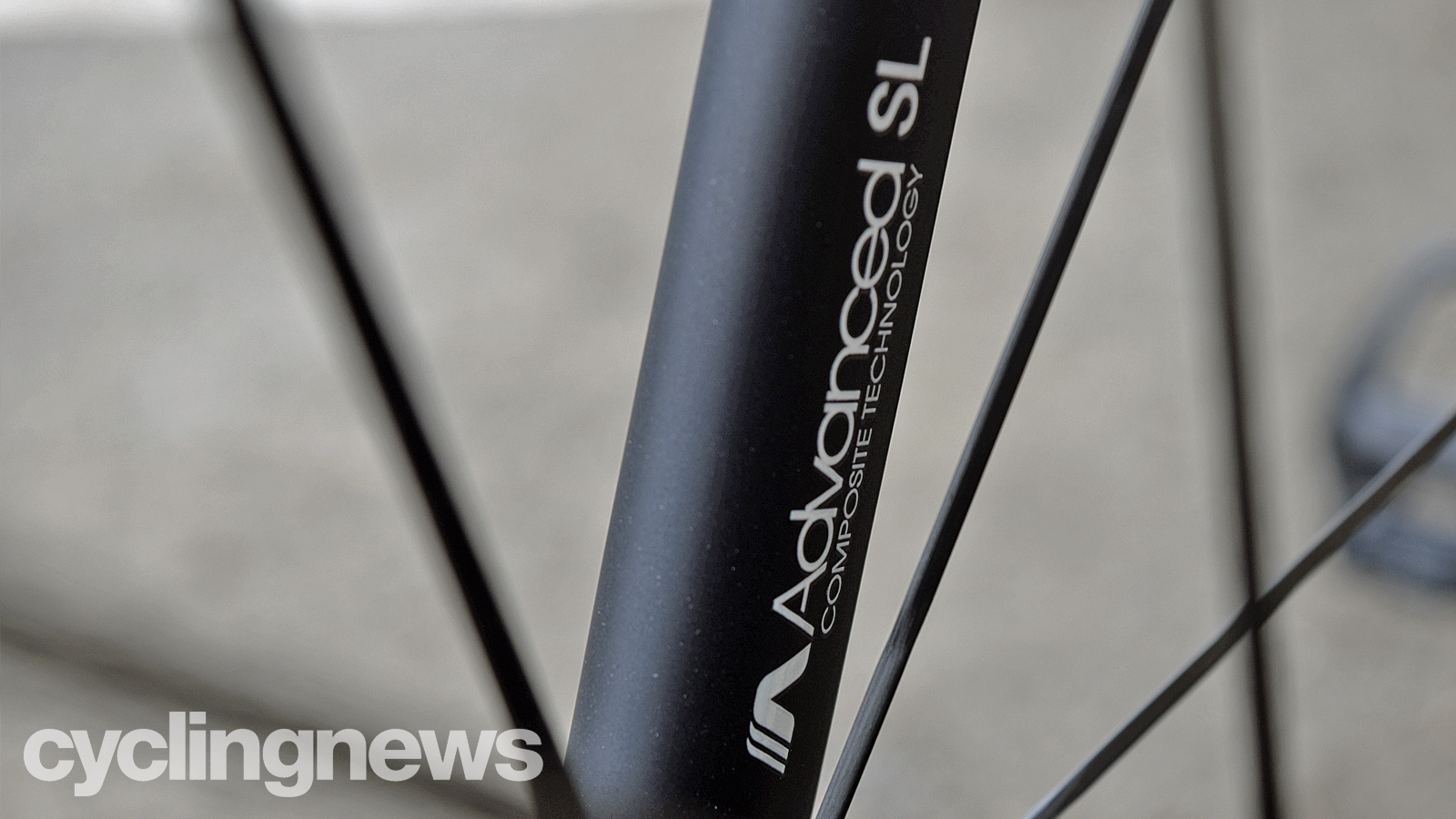
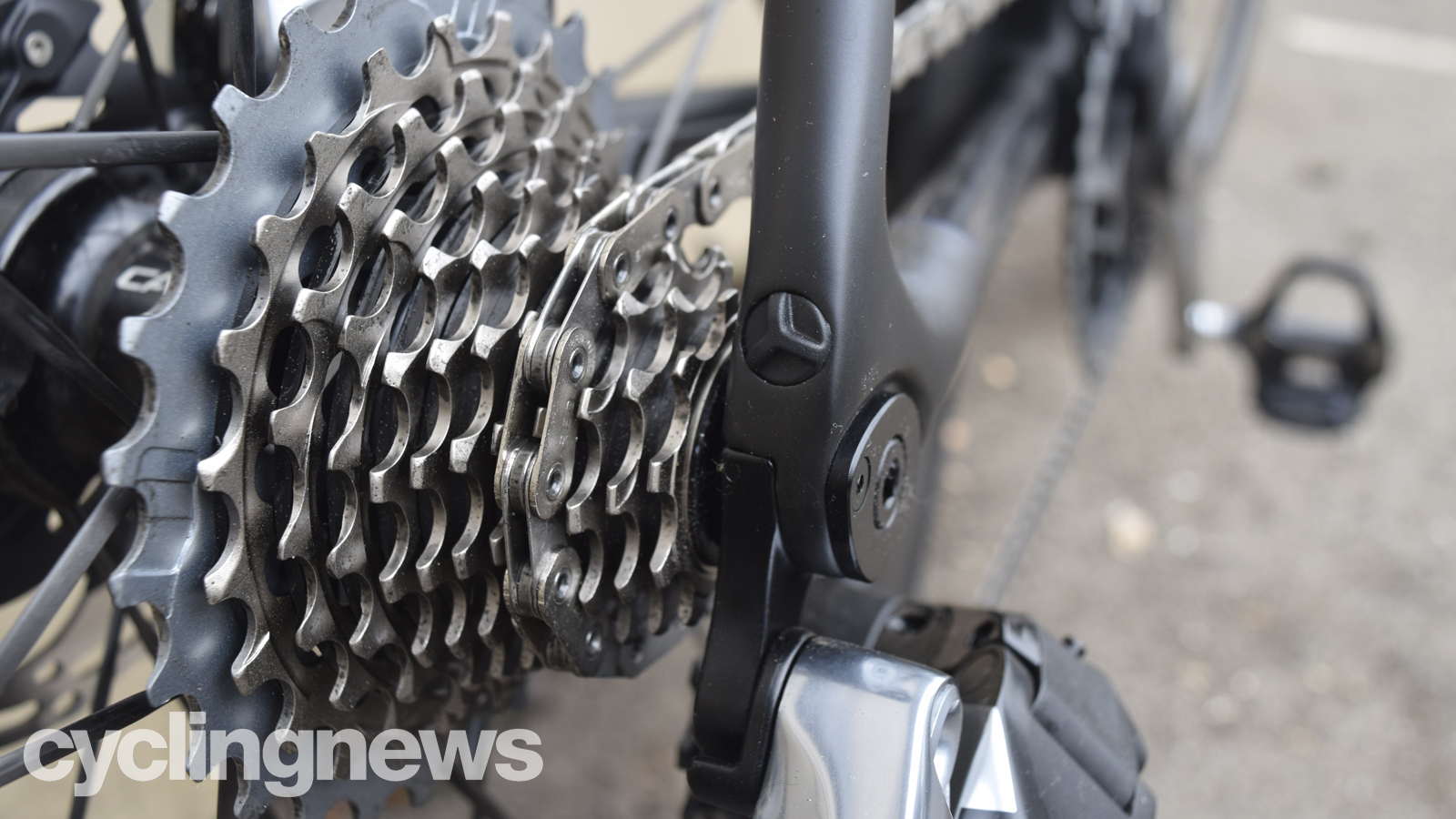
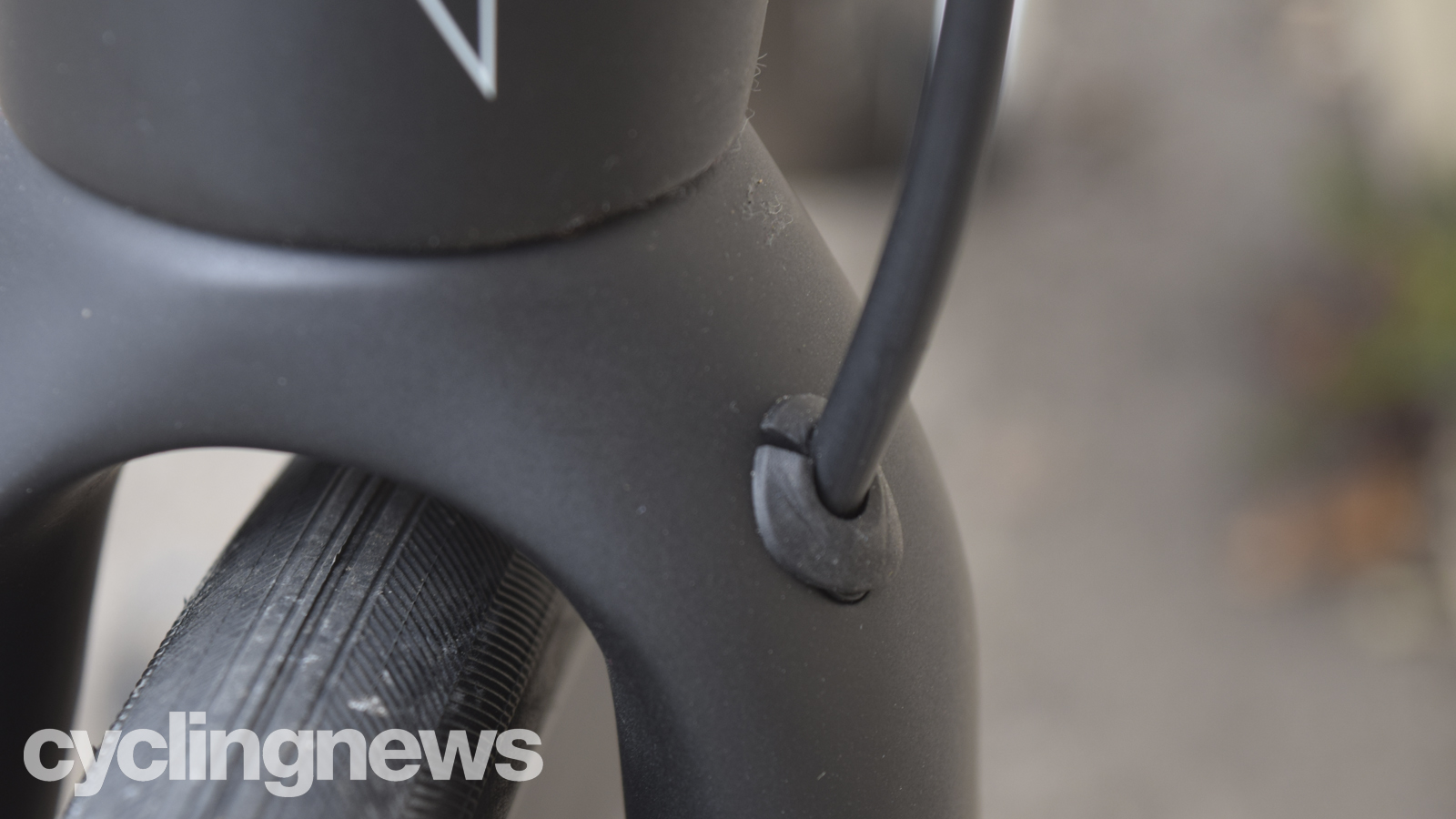
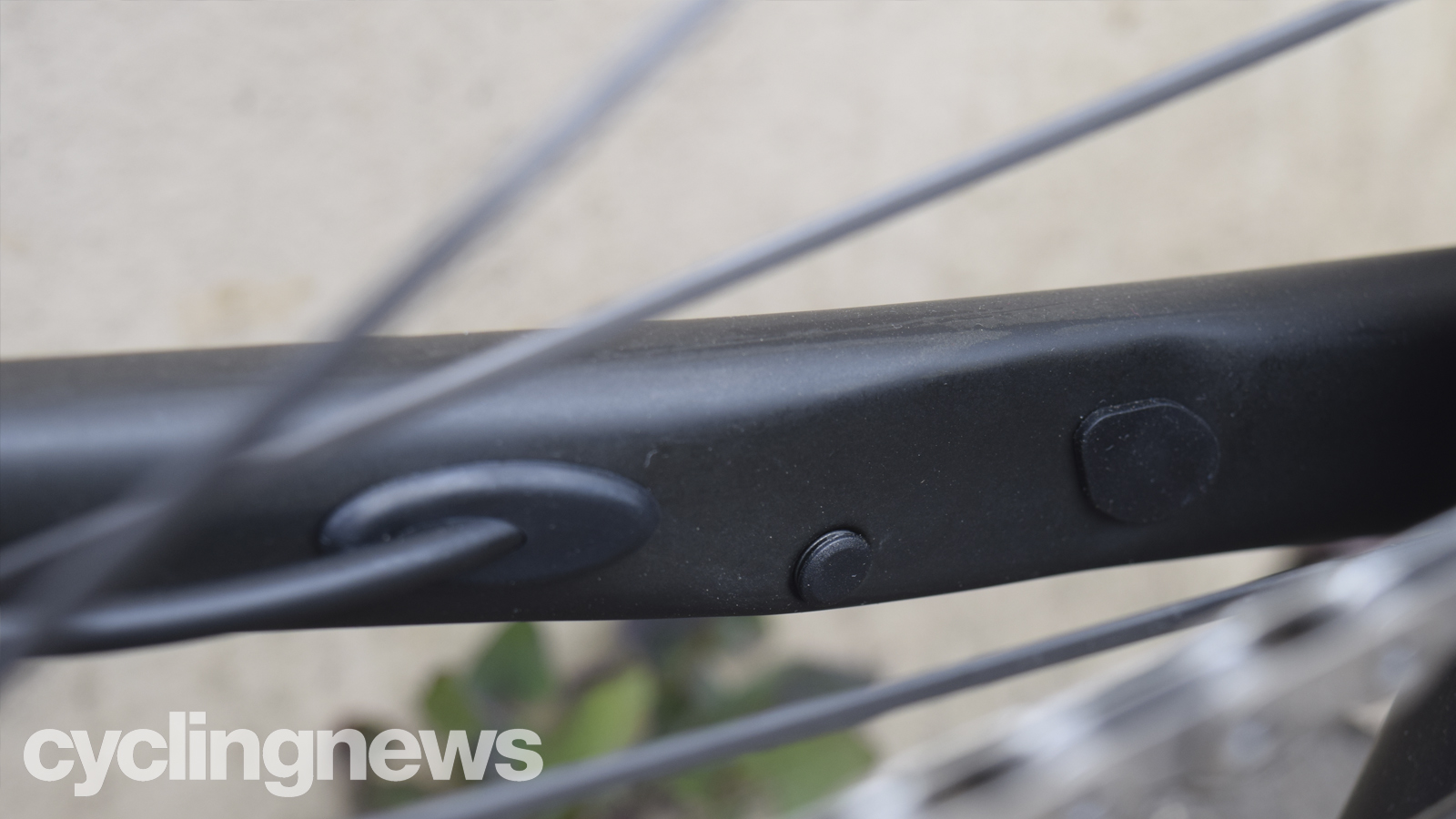
In testing, Giant pitted its new TCR against what it considers as its three main competitors. The Trek Emonda SLR Disc, Specialized S-Works Tarmac Disc and the Cervelo R5 Disc.
| Bike | Average Drag (40kph) | Weight | Transmission Stiffness |
|---|---|---|---|
| TCR Advanced SL Disc | 247.5 watts | 1266g | 149.8 (N/mm) |
| S-Works Tarmac Disc | 248 watts | 1371g | 135 (N/mm) |
| Emonda SLR Disc | 261.4 watts | 1249g | 110.4 (N/mm) |
| Cervelo R5 | 247.9 watts | 1588g | 124.9 (N/mm) |
Aerodynamics
One of the noticeable features of the new TCR compared to the outgoing models is the introduction of truncated aerodynamic tubing. By using KammTail tube shapes, this allowed Giant to widen the downtube to increase stiffness without increasing the total material, and thus, retain the same low weight. The fork has also been widened, allowing for reduced airflow disturbance.
When testing aerodynamic efficiency, Giant found that the TCR produced the least aerodynamic drag on average across all yaw angles (-15 to +15 degrees). It is also claimed to save 34 seconds on the previous TCR over 40km at 200 watts.
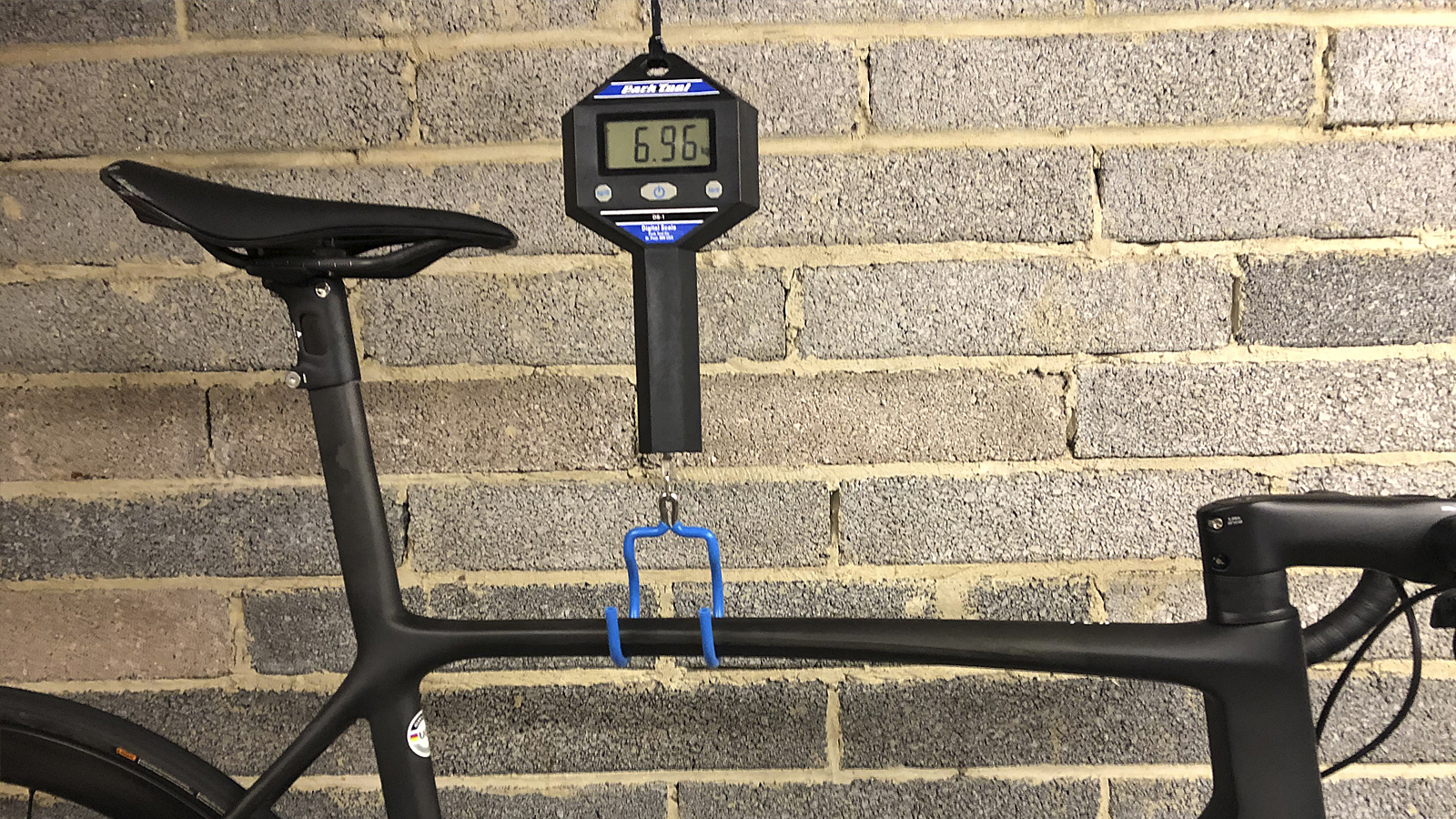
Weight
With a keen eye on reducing weight, Giant chose to overhaul its carbon fibre manufacturing process. The Advanced SL uses a split of the previous Toray T800 carbon fibre (30%) and a new higher modulus filament (70%).
Giant also looked to robots to cut and lay up the smallest 150 swatches of carbon fibre. By removing margin for error, this allowed Giant to cut the swatches to the exact required measurement, without the need for extra tolerance material.
For the Advanced SL 0, Thinline paint is used to save 65 grams (size medium) over traditional painting techniques.
All told, in Giant's testing, the new TCR still loses out to the Trek Emonda by 17 grams, but claims to be 105 and 322 grams lighter than the S-Works Tarmac and Cervelo R5 respectively.
Efficiency
Efficiency was tested using a stiffness-to-weight ratio. Giant claims the TCR is the stiffest in its class, reporting that the TCR is 16 per cent more efficient than the Tarmac, 25 per cent more than the Emonda and 33 per cent more than the R5.
If Giant's claims are to be believed, then the new TCR Advanced SL 0 is set to be the go-to consideration for riders seeking no-holds-barred performance, and should be a shoo-in for our guides to the best carbon road bikes and best lightweight bikes, and the more affordable TCR Advanced models could be contenders for the best budget road bike.
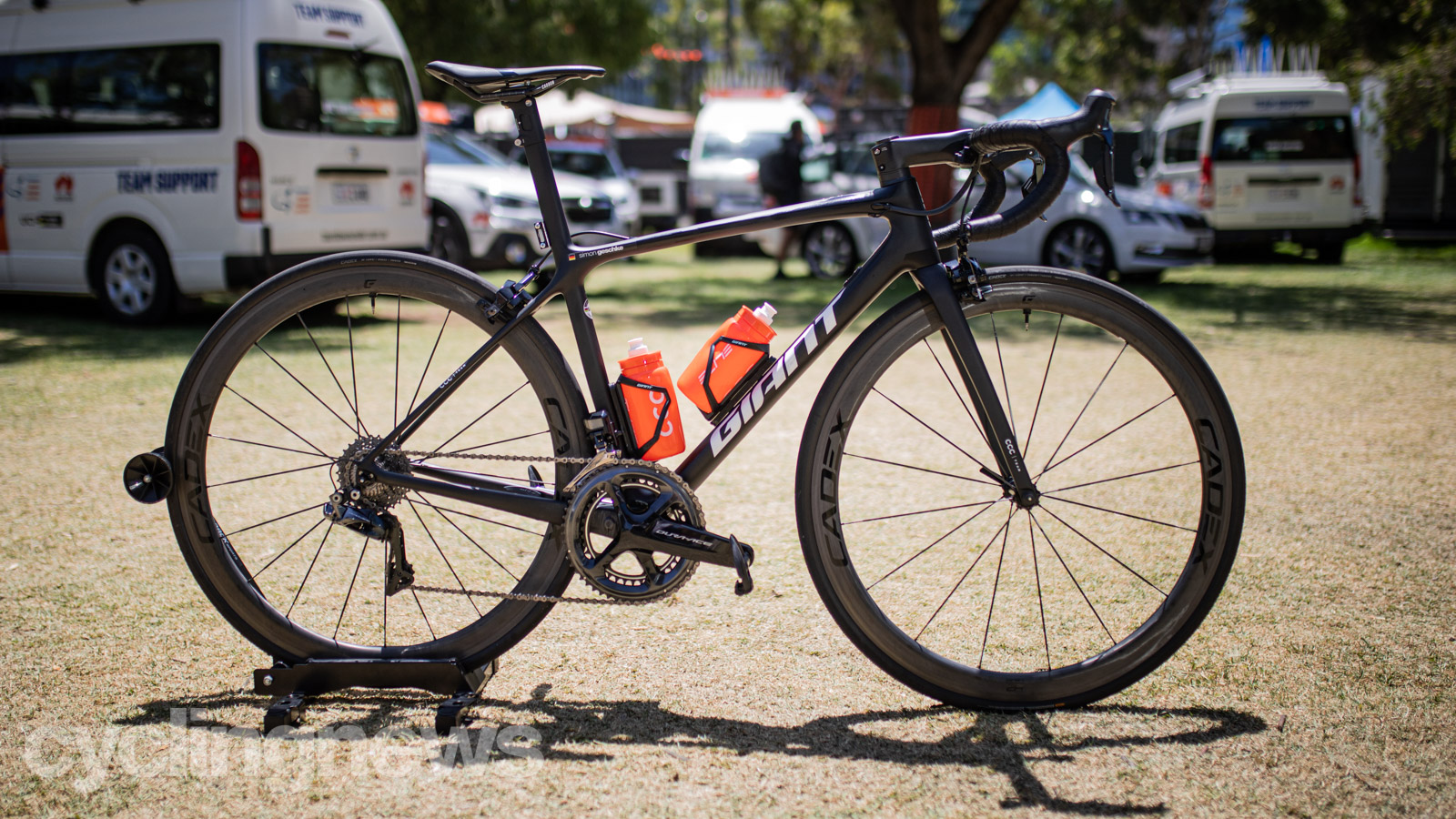
Giant's position in the cycling market makes the company's name feel entirely appropriate. One of the biggest brands in the world, the Taiwanese behemoth manufactures some of the best bikes in all cycling disciplines. The Giant Propel features in our guide to the best aero road bikes, and our very own Colin Levitch recently gave it 4.5/5 stars in his recent Giant Propel Advanced Pro review. Road bikes aside, Giant makes everything from downhill mountain bikes to folding bikes and commuter bikes, and supplies its bikes to countries across the globe.
Giant also has a strong presence in the WorldTour, formerly the title sponsor of Giant-Alpecin, the team is now a technical partner supplying its fleet of bikes to the likes of Greg van Avermaet and his CCC Team teammates.
We got a closer look at Simon Geschke's Giant TCR back in January, a bike so light that mechanics had to fit 400 grams worth of weights to the bottle cages to bring the bike up to the minimum UCI weight limit of 6.8kg.
- Greg Van Avermaet's golden Giant TCR Disc - Gallery
- A closer look at the new Giant TCR - Simon Geschke's 6.4kg bike

Design and aesthetic
The bike is designed with weight in mind, and for the range-topping TCR Advanced SL 0, a special paint is used to save weight and preserve the carbon finish of the bike. This is called Thinline and saves 65 grams for a medium-sized frame/fork combo.
The resulting colour is defined as 'Matte Raw Carbon' with the Giant logo is a simple outline of the Giant logo in 'Gloss Unicorn White' which offers a clear, yet subtle affirmation of the bike's maker.
The Cadex wheelset takes the stealth-black design lead and runs with it, with two gloss black logos laid over the naked carbon finish of the rims, which catch the light and pop nicely.
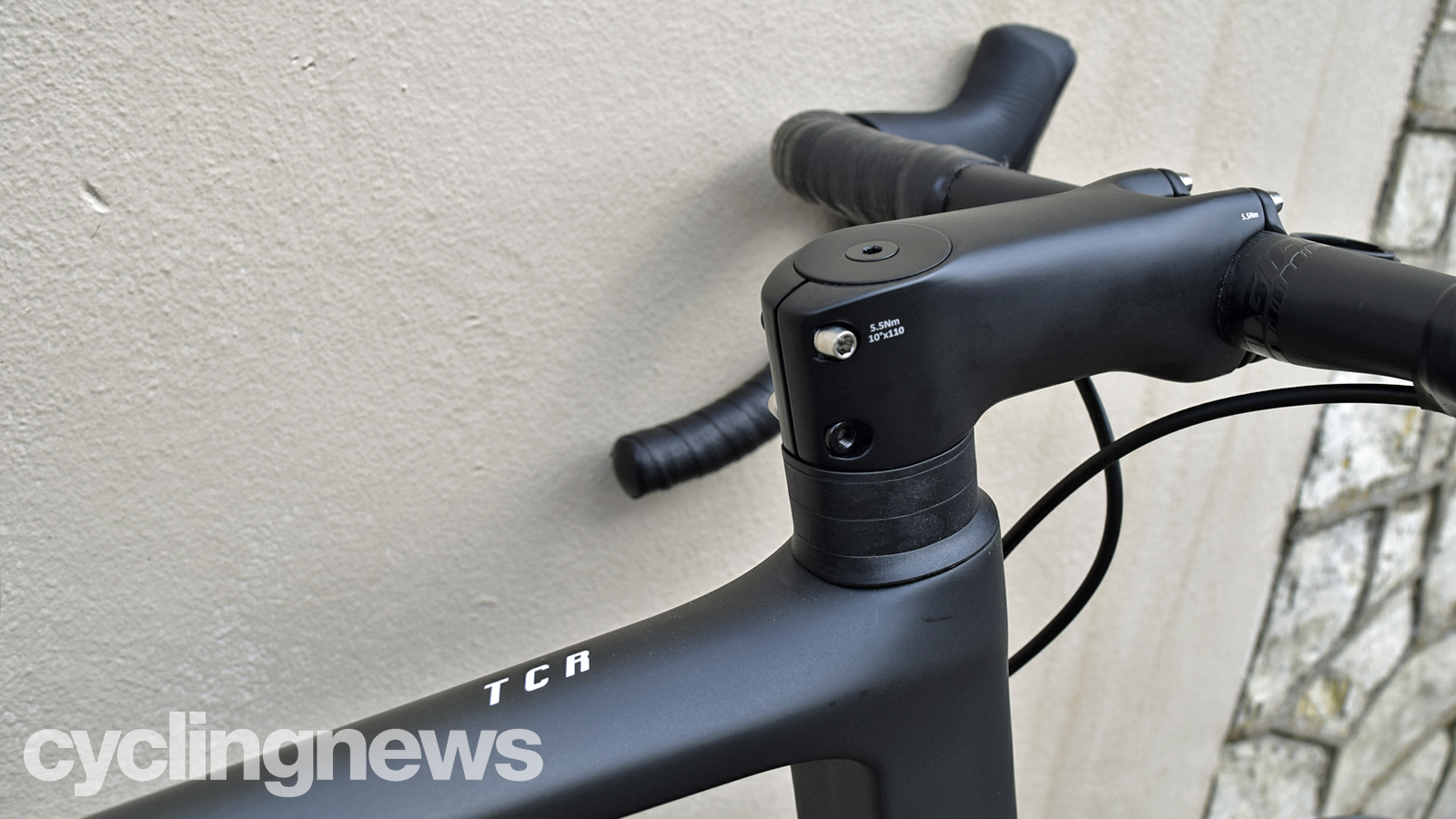
| Bike (L / 58cm) | Stack | Reach |
|---|---|---|
| Giant TCR Advanced SL | 581mm | 402mm |
| Specialized S-Works Tarmac | 591mm (10mm higher) | 402mm (same) |
| Trek Emonda SLR H2 | 596mm (15mm higher) | 391mm (11mm shorter) |
| Cannondale SuperSix EVO Hi Mod | 594mm (13mm higher) | 395mm (7mm shorter) |
| Cervelo R5 | 596mm (15mm higher) | 399mm (3mm shorter) |
| Canyon Ultimate CF SLX | 592mm (11mm higher) | 399mm (10mm shorter) |
| Scott Addict RC | 588mm (7mm higher) | 400mm (2mm shorter) |
Even for a dedicated race bike, the TCR's geometry is aggressive. Comparing stack and reach figures to many of the contenders in this category, the TCR is the longest and lowest. It even trumps many aero bikes, being almost identical in this regard to Specialized's hyper-aggressive Venge.
For our test model (size large), the head angle is 73 degrees exactly, which is the same as that found on the SuperSix Evo and the Cervelo R5, and it shares the same 44mm fork rake with the Tarmac.
While the wheelbase is one of the longest in its class at 1006mm, the TCR wears the shortest chainstays at just 405mm and has one of the lowest bottom bracket drops at 67mm. All of this combines to make a bike that is stable in a straight line, yet offers a low centre of gravity and snappy handling.
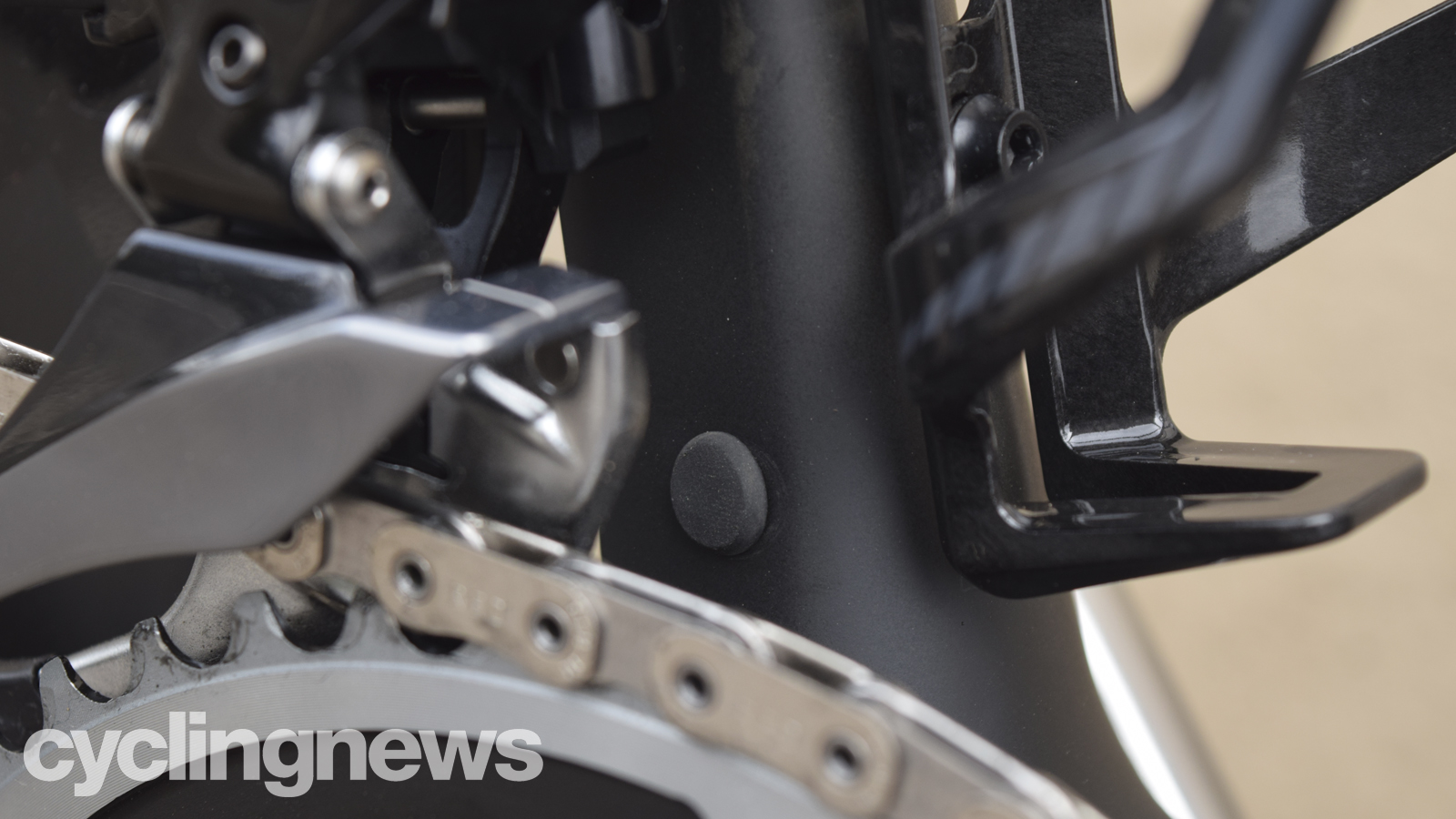
The Advanced SL frame is committed to electronic groupsets only and is limited to just Shimano and SRAM's options. Giant forewent Campagnolo's EPS groupset because the necessary frame entry ports are too large, which Giant says would require weight-gaining reinforcement.
At the front, cables aren't integrated, instead simply being fed beneath the bar tape before entering at the usual points at the top of the down tube. This might be a deterrent to those seeking the final few watts out of their setup, but it does make for vastly simplified maintenance.
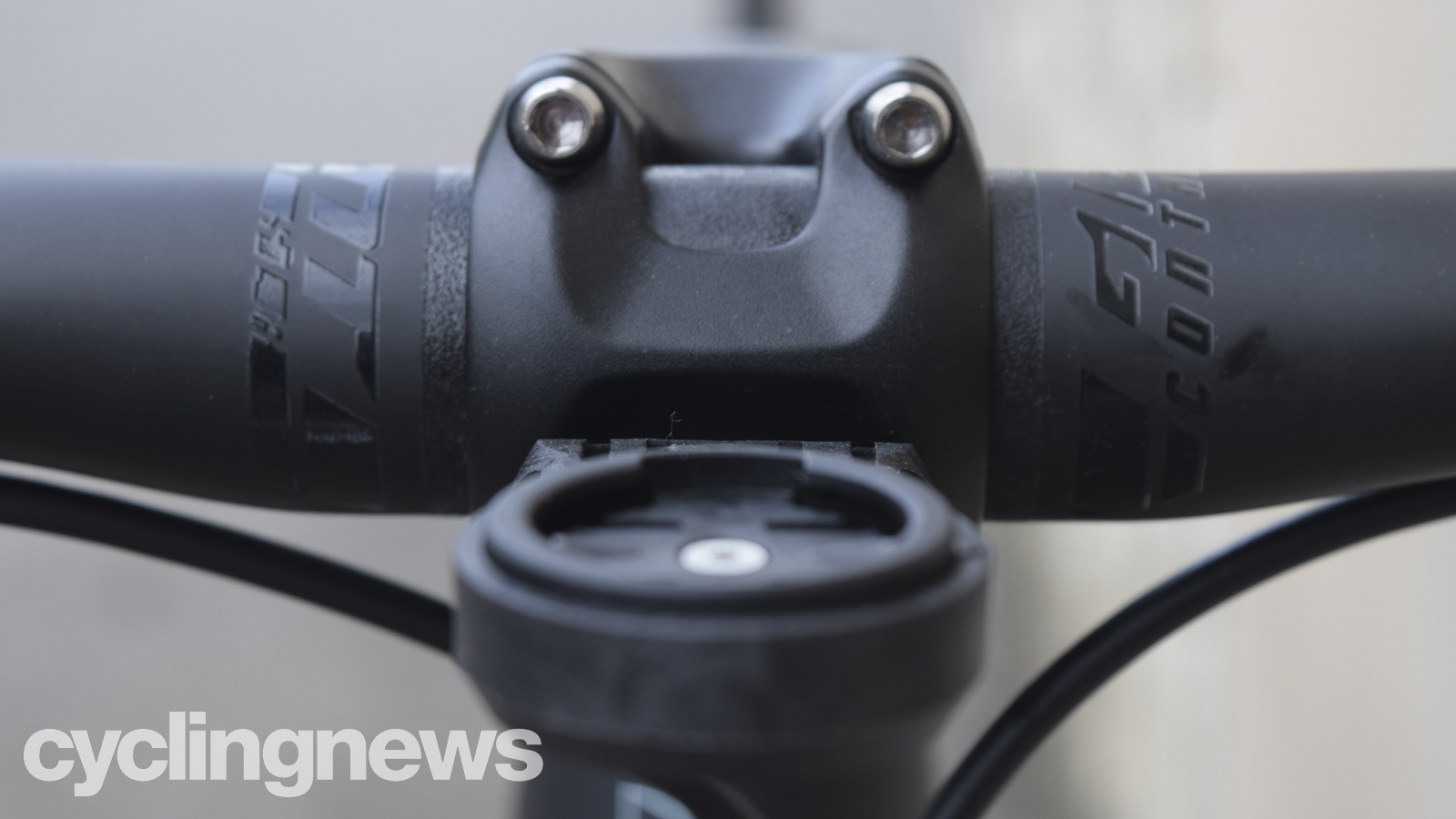
The Giant Contact SLR stem's faceplate features an integrated out-front computer mount (with adapters for all of the best cycling computers), which fits using the bottom two stem faceplate bolts.
On our test model, the Giant Fleet SLR saddle came complete with the integrated rear light, which on its own, probably wouldn't make our list to the best bike lights, but its a neatly integrated package that is unobstructed by saddlebags, and works perfectly well as a daytime running light or paired with a dedicated rear light.
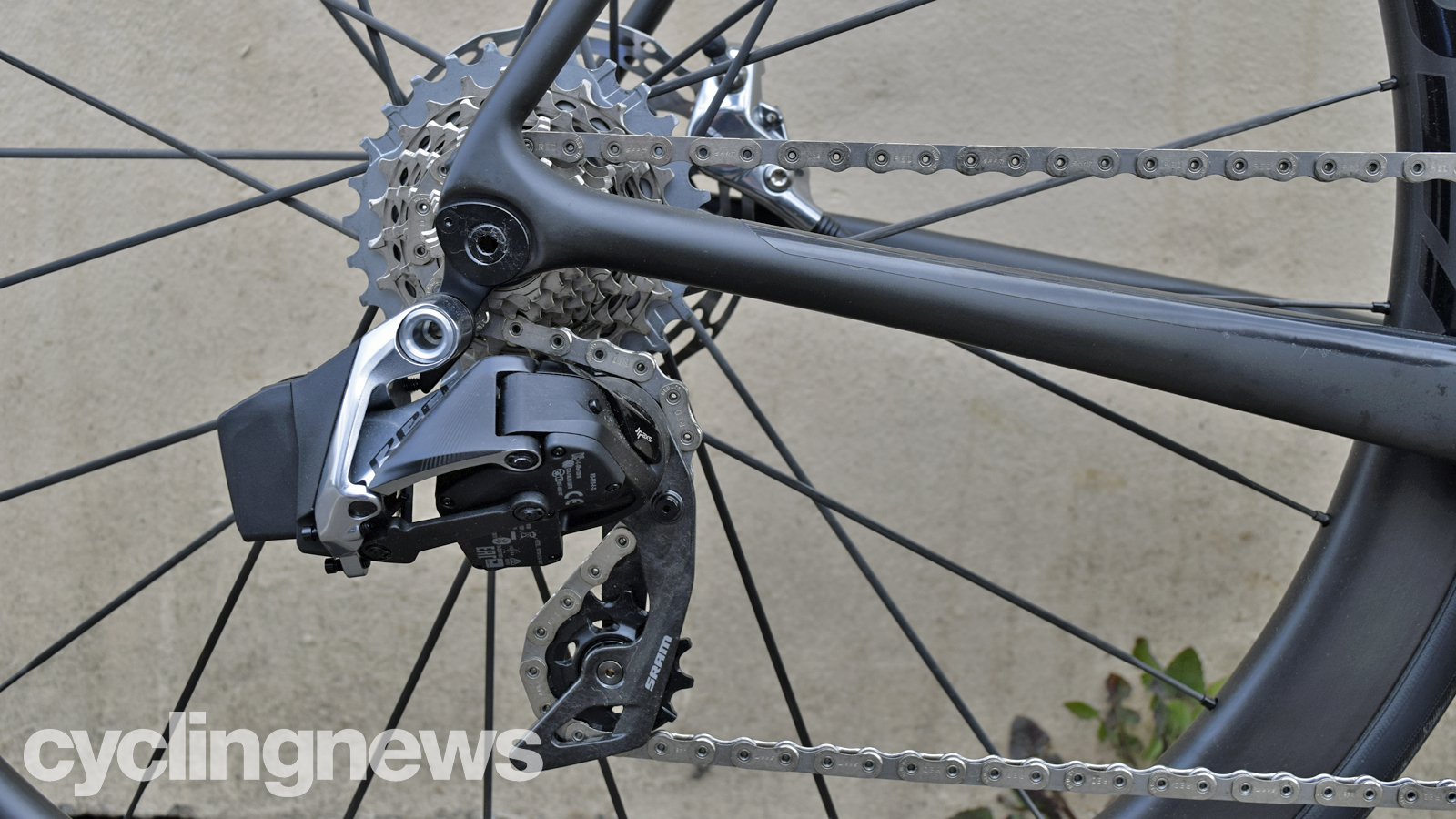
Specifications
The Giant TCR model we have here is the range-topping Advanced SL 0 model, unsurprisingly, it's beyond the budgets of many, myself included. However, the TCR has always offered plentiful options across a broad spectrum of budgets. The 2021 edition is no different.
There are three frames within the latest Giant TCR range, following the same naming structure as the outgoing edition; Advanced, Advanced Pro, and Advanced SL.
The Advanced is the entry-level model, which uses Giant's Advanced composite carbon fibre, Overdrive steerer and aluminium wheels as a general starting point. There are three disc- and one rim-brake model, and prices range between £1,699 and £2,299.
The Advanced Pro is the mid-tier option and is available in a choice of five variations. There are three disc models between £2,999 and £4,599, a single rim brake option at £3,299, or a standalone disc-brake-ready frameset at £1,349. All use the same carbon fibre layup as the budget Advanced model, but prebuilt bikes will come with carbon wheels and power meters as standard.
The Advanced SL is the top tier model and the price, of course, reflects this. There are no Shimano options available, so if Dura-Ace is your preference, you're left with no choice but to build up your own bike. Luckily, there are two framesets to choose from, a rim brake ready frameset at £2,349, or a disc-ready frameset at £2,399. Two disc brake models are available, both with SRAM eTap, offering a choice of the Force eTap AXS model at £6,799 or the SL 0 model, which we have here, at £9,499.
This model is fitted with the SRAM Red eTap AXS HRD 12-speed road groupset, complete with 48/35T chainset and 10-28T cassette. For what is undoubtedly a climber's bike, this pairing offers more than wide enough gear spread for our needs, but there's also a 10-33T cassette available aftermarket, should you want more range.
The bike sticks to the norm of using a 140mm out back, and the fitted SRAM Red hydraulic brakes are competitive with the best disc brakes available, however, the hood shape is markedly bulkier than Shimano's Dura-Ace offering - perhaps a negative for those with smaller hands, given the lack of Dura-Ace build available.
Giant is a huge advocate of tubeless technology and proves this by shipping all of its road bikes ready for tubeless. The TCR is no different, and a mere squirt of sealant is all that's required to get you on the road.

The TCR Advanced SL 0 is shipped from the factory wearing Cadex's 25c Road Race tubeless-ready tyres. After upwards of 500km of ride time, they've yet to offer up a single puncture, they're practically wear-free and look like they'll last for many hundreds more.
Tyre clearance is plentiful, with space for up to 32c tyres for disc brake models and although Giant states that the rim brake model is limited to 28c tyres by calipers, the rim brake model is only available as a frameset, so you're free to opt for ee brakes, which are known to offer greater clearances.
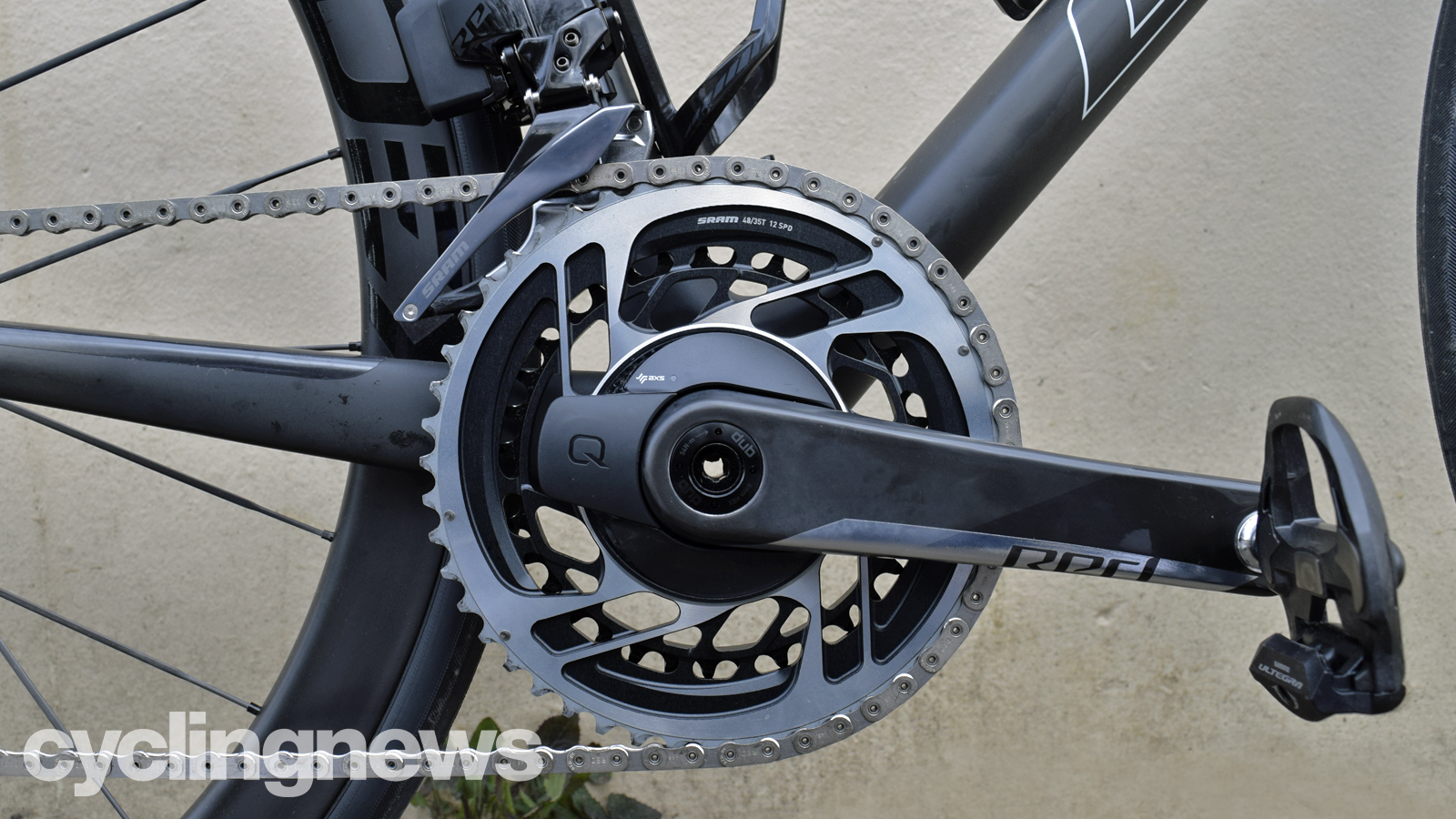
Both of the two Advanced SL disc brake models come fitted with a factory-fitted power meter and, on this model with its SRAM componentry, power measurement comes courtesy of the Quarq power meter built into the SRAM Red AXS chainset. With this, when you eventually wear out your chainrings, you'll be met with a hefty bill to replace your power meter. How SRAM thought that was a good idea, we're unsure.
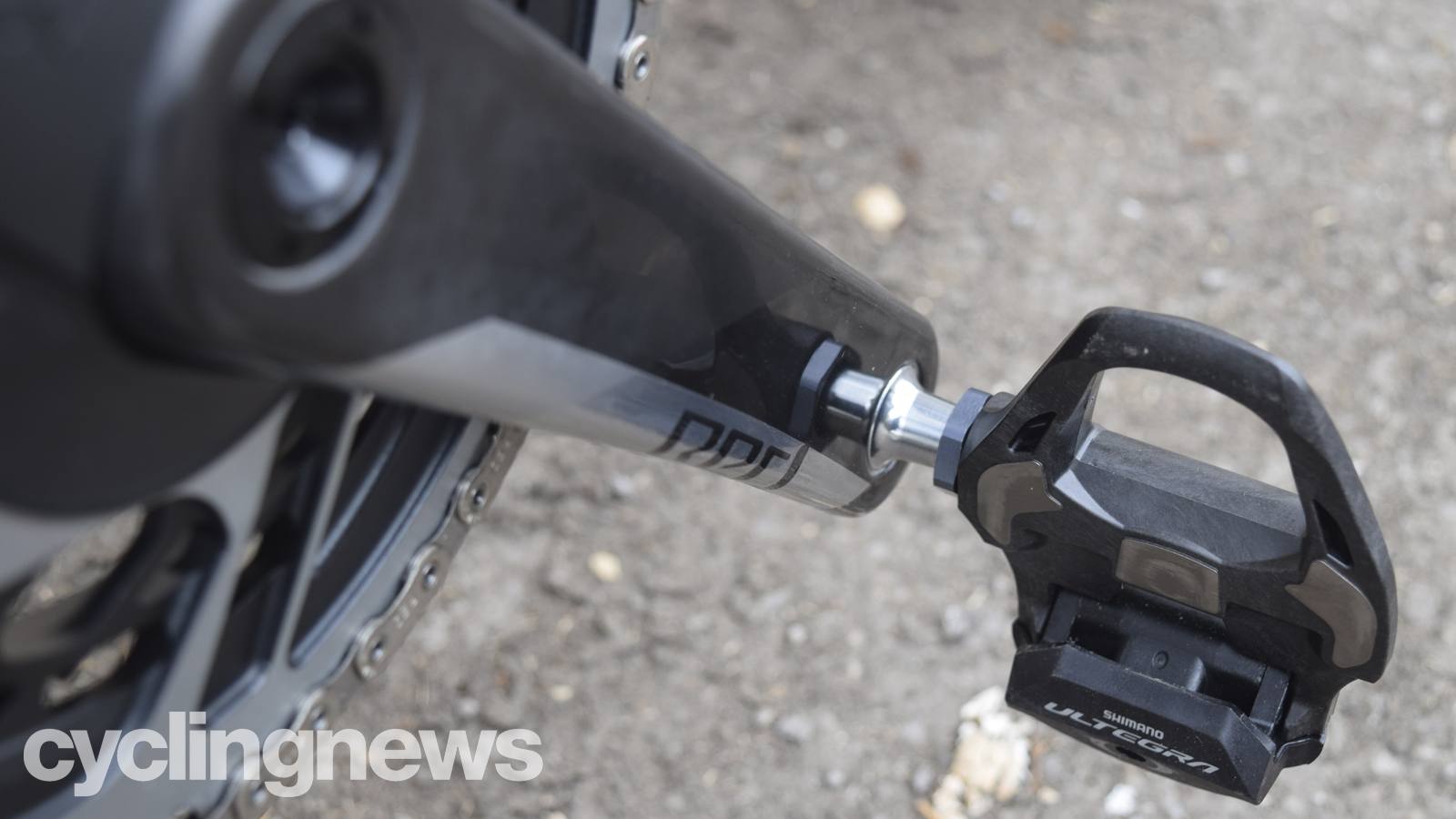
As is usual for a bike of this size, the TCR is fitted with a 110mm long stem and 44cm wide handlebars. The TCR uses Giant's Overdrive 2 steerer tube, meaning the bottom of the steerer is 1 1/2 inches in diameter, and 1 1/4 at the top. This is purported to add stiffness and steering responsiveness, but the trade-off is that swapping between components becomes limited. While the top of the steerer tube is 1 1/4 inches in diameter, most after-market stems cater for 1 1/8 steerers.
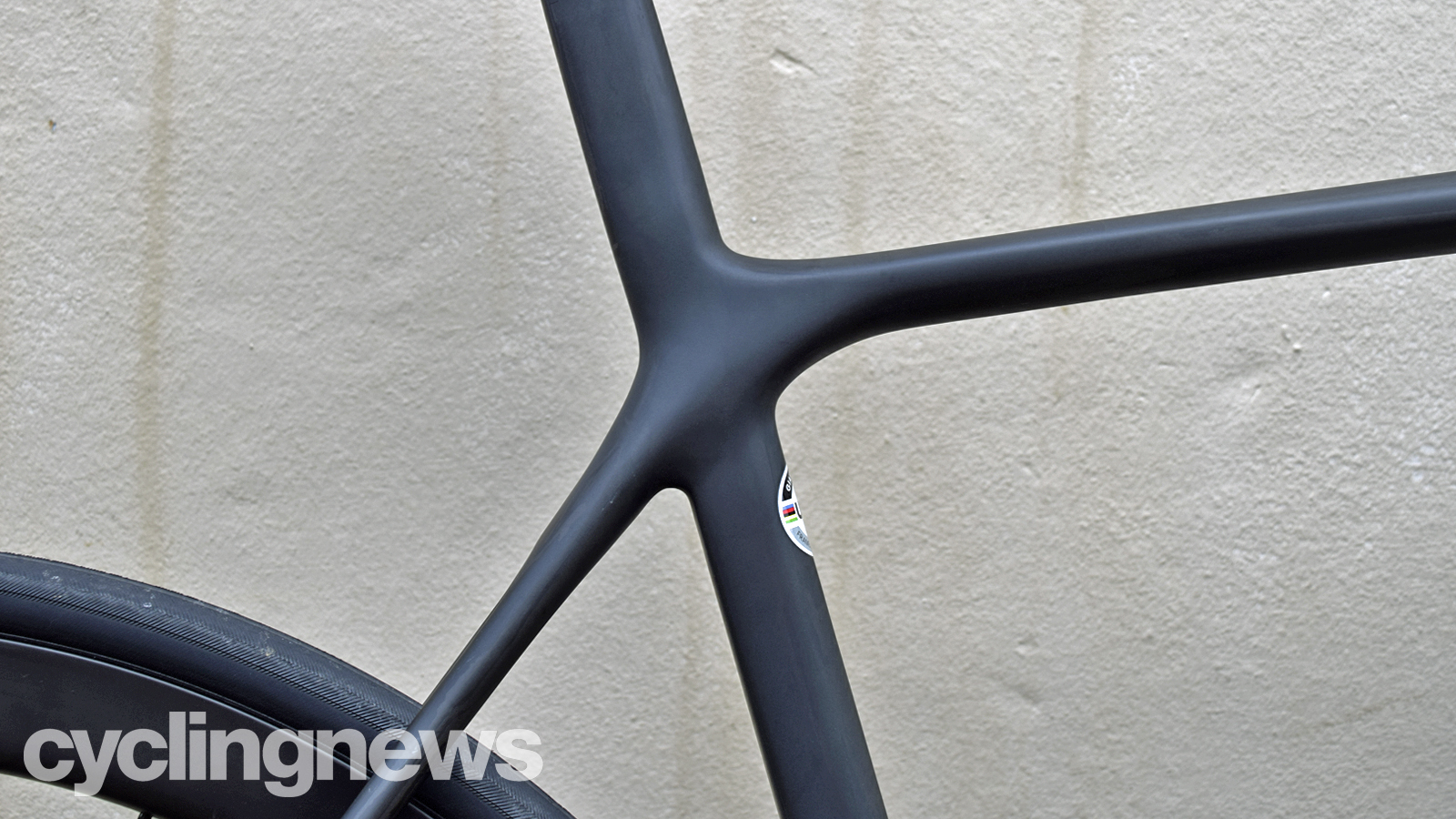
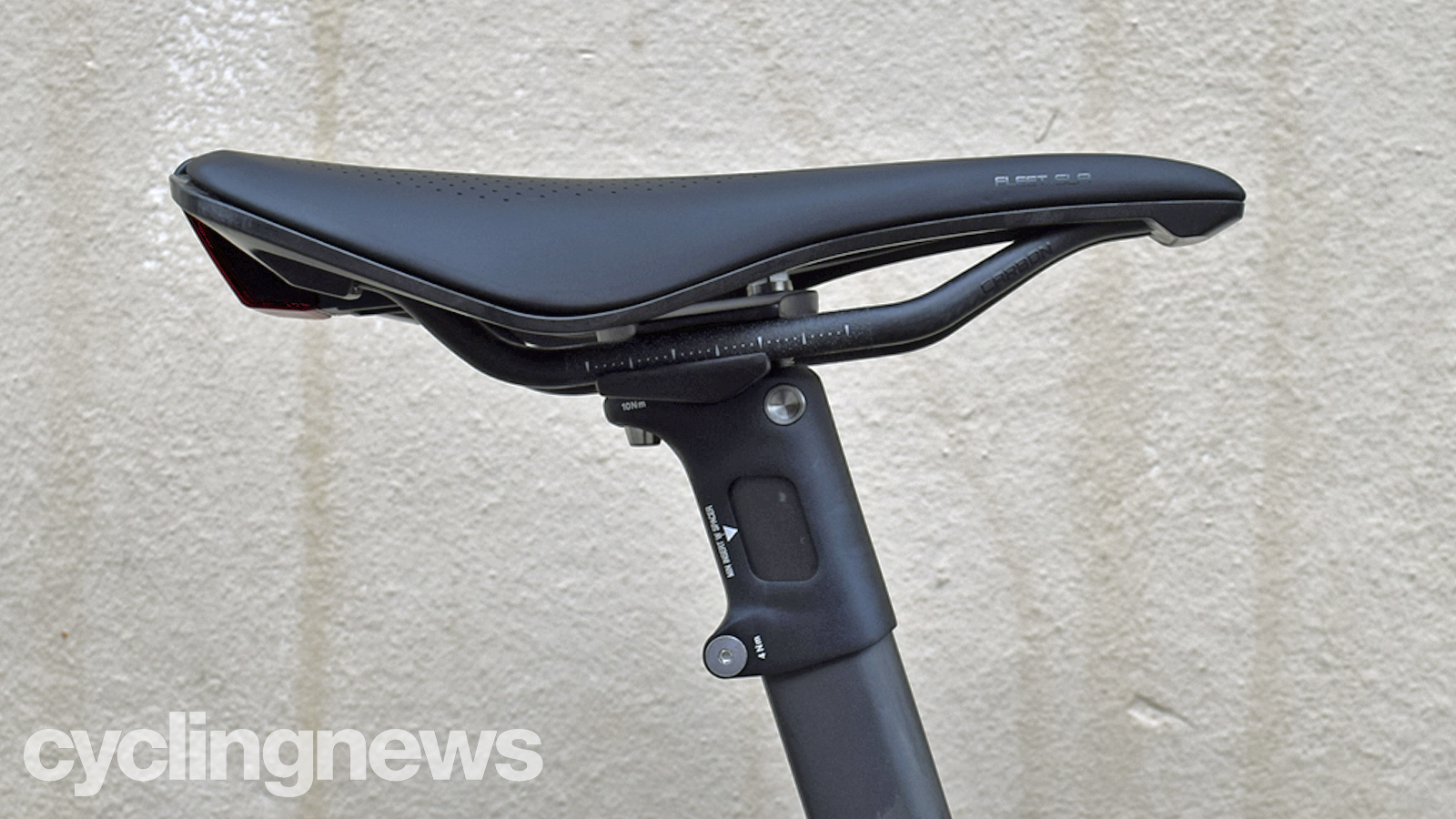
The Advanced SL model features the ISP (Integrated Seat Post) that was also used on the outgoing TCR. The benefits of this are that it is lighter, allows one-piece construction which increases stiffness and reduces flex, and when measured correctly, should mean it's impossible to slip.
However, the ISP comes with a caveat; travel. Of course, not many of us are travelling at the moment, and even fewer of us are travelling for a cycling holiday, but when it comes to putting your bike into a bike box, the ISP will become your Achilles heel.
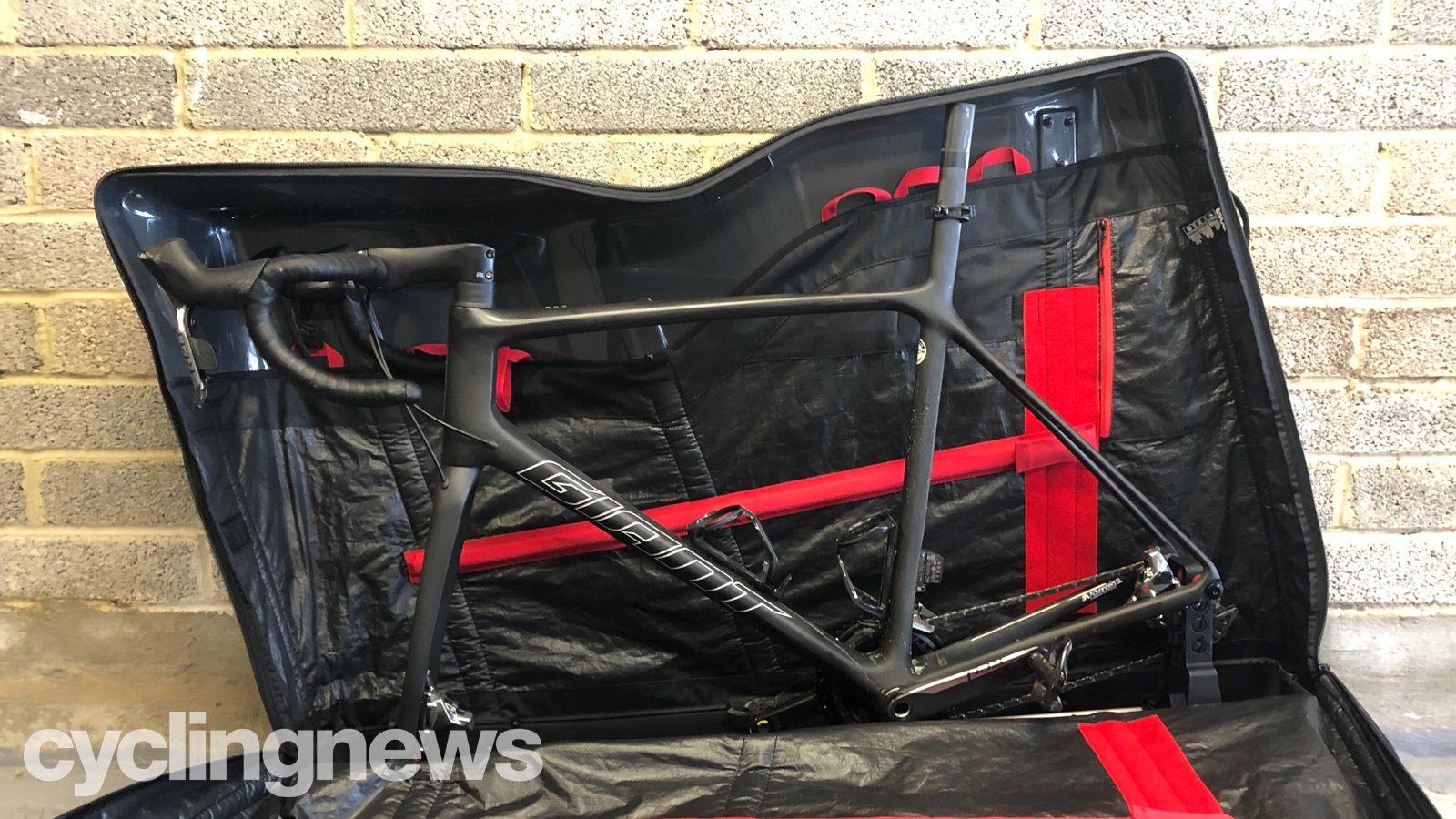
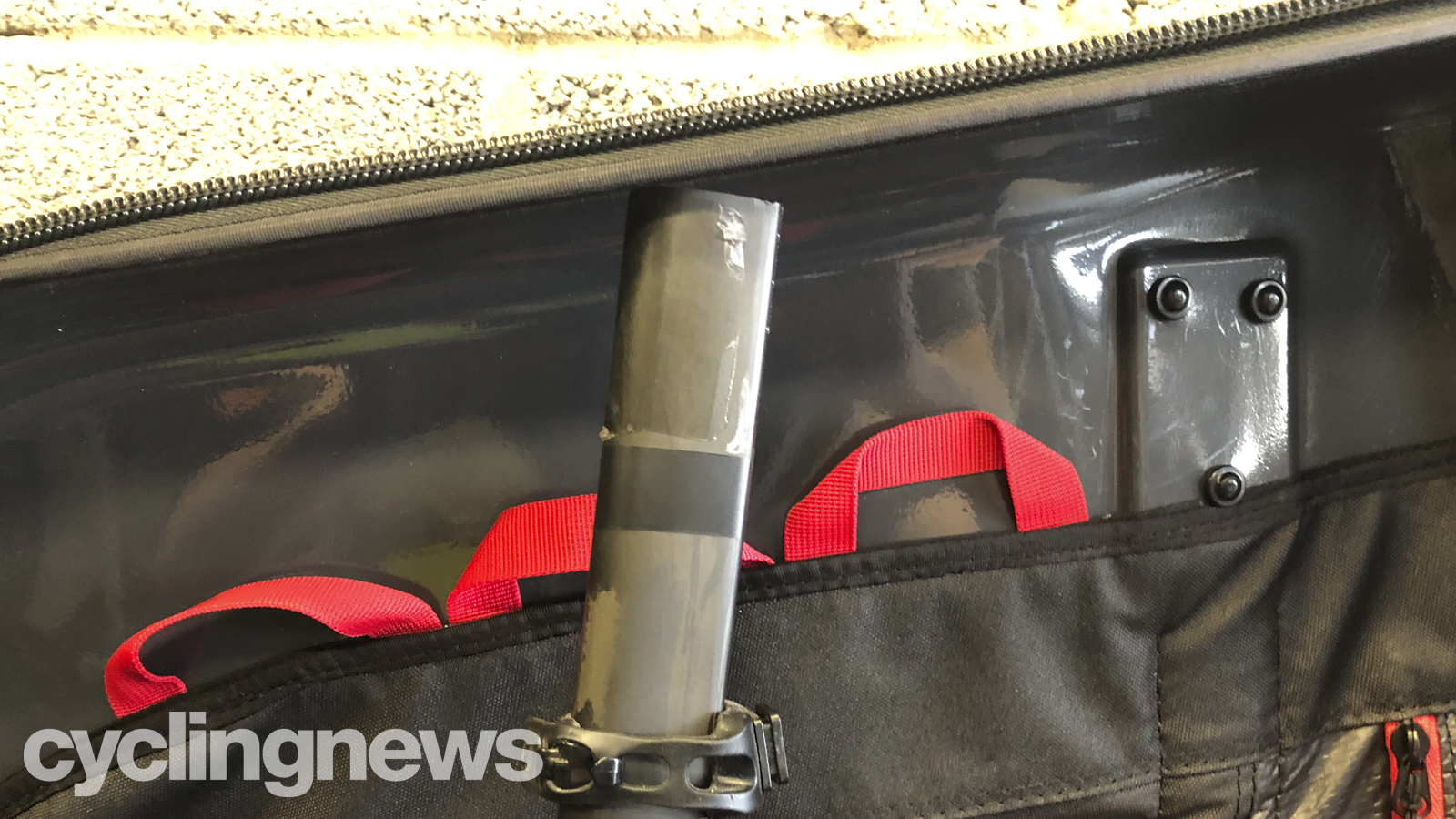
For many of the boxes and bags that appear in our guide to the best bike boxes, the TCR simply will not fit - perhaps with the exception of the smallest frame sizes (which I don't have here to test).
There is one solution, and that comes by way of the EVOC Road Bike Bag Pro. A large bike box that requires very little disassembly. We have one in for review at the moment, and with the seat mast topper removed, my size large TCR fits... albeit only just.
Of all the different bike bags available, the TCR's ISP limits you to just one, and even then it's not a guaranteed fit, meaning if you're likely to travel abroad with your bike, the TCR Advanced SL probably isn't the bike for you.
The above photos are used for explanatory purposes only. Leaving the ISP exposed like this is not something we'd recommend, especially when trusting your bike to potentially heavy-handed airline baggage handlers.
Riding experience
As explained, the TCR Advanced SL 0 leads the TCR lineup as the flagship model, with claims of being class-leadingly stiff, aero and light. In the real world, it's safe to say much of the above has paid off in exceptional fashion.
With its ISP, Overdrive 2 steerer, 12mm bolt-through axles and carbon fibre spokes, the bike is remarkably stiff, making it competitive with many aero bikes that weigh a kilogram more. Paired with the low weight, the TCR is easily one of the best climbing bikes available. With instant power transfer and minimal weight, the TCR invites you to put in an effort whenever the road points up.
The weight itself is certainly in the realms of what you'd expect from the best lightweight bikes. From the factory, my large frame model weighs under 7kg, and after swapping the handlebars to narrower model, it squeezes beneath the UCI legal limit at 6.76kg - not that it's a consideration many will need to make. It's not ground-breaking though, as the same sized S-Works Tarmac weighs 6.87kg fitted with a ~30g heavier CeramicSpeed OSPW system, and that's been around for three years now.
The aerodynamic considerations feel as though they've paid off, too. The hyper-stiff frame invites you to punch it up to speed, and when it gets there, the bike doesn't want to let that speed go. The TCR holds speed really well over flat and rolling terrain, and the effortlessness makes it a joy to ride over long distances.
All of that in mind, when it comes to flagship bikes that cost £9,499, the bike really had to be perfect in order get top marks, and although the TCR is a great bike, after approximately 300 kilometres, I was very close to deciding that the TCR hadn't quite pulled it off when it comes to the actual ride experience.
With its aggressive geometry, stiff front end and short chainstays, it took longer than any other bike I've ridden to build cornering confidence. Although, during COVID-19, and the subsequent increased pressure on the local healthcare system, motivation to push the boundaries is harder to muster in case of pushing it too far.
I subsequently swapped out the standard 44cm handlebars to a more-suited-to-me 40cm and tried again. There was a definite improvement, and after another couple of hundred kilometres, it feels as though Giant has hit the sweet spot. Handling performance now feels sharp and instant, the Cadex tyres are grippy, and with the 160mm rotors, braking performance is on par with the best. It's one of the best, for sure, but there's no denying it took time to build up to complete trust.
However, in the interest of really deciding whether the TCR had nailed it, one final test had to be done: a back-to-back-to-back with the TCR and a few of the competition.
Verdict
There's no denying the TCR Advanced SL 0 is a world-class road race bike. All the metrics and the riding experience suggest it has managed to bring itself back in line with - if not ahead of - the competition.
With the price at £9,499 / $11,000 / AU$13,999 / €10,199, the TCR Advanced SL 0 is in the same ballpark as the S-Works Tarmac, Cannondale SuperSix EVO and the Trek Emonda. However, with the Tarmac and Emonda both at the end of their traditional three-year product cycle, and rumours circulating about impending launches for both, Giant may well be about to be trumped once again.
For me, The TCR Advanced SL 0 misses out on a perfect score due to a couple of things. The negatives of the ISP outweigh the positives and the lack of a Dura-Ace build is something that will put many riders off.
All things told, if you're forever chasing the final watt of energy, there will always be a new bike that claims to be faster, lighter, better. If you're looking for a world-class bike that brilliantly blends weight, aerodynamics and efficiency, the Giant TCR is a bike you should consider every single time.
Logbook: Giant TCR Advanced SL 0
- Time: 2 months
- Rides: 30
- Mileage: 800km
- Punctures: 0
- Ride types: Road rides of 30m to 4h / back-to-back tests with S-Works Tarmac, Scott Foil RC

Josh is Associate Editor of Cyclingnews – leading our content on the best bikes, kit and the latest breaking tech stories from the pro peloton. He has been with us since the summer of 2019 and throughout that time he's covered everything from buyer's guides and deals to the latest tech news and reviews.
On the bike, Josh has been riding and racing for over 15 years. He started out racing cross country in his teens back when 26-inch wheels and triple chainsets were still mainstream, but he found favour in road racing in his early 20s, racing at a local and national level for Somerset-based Team Tor 2000. These days he rides indoors for convenience and fitness, and outdoors for fun on road, gravel, 'cross and cross-country bikes, the latter usually with his two dogs in tow.
